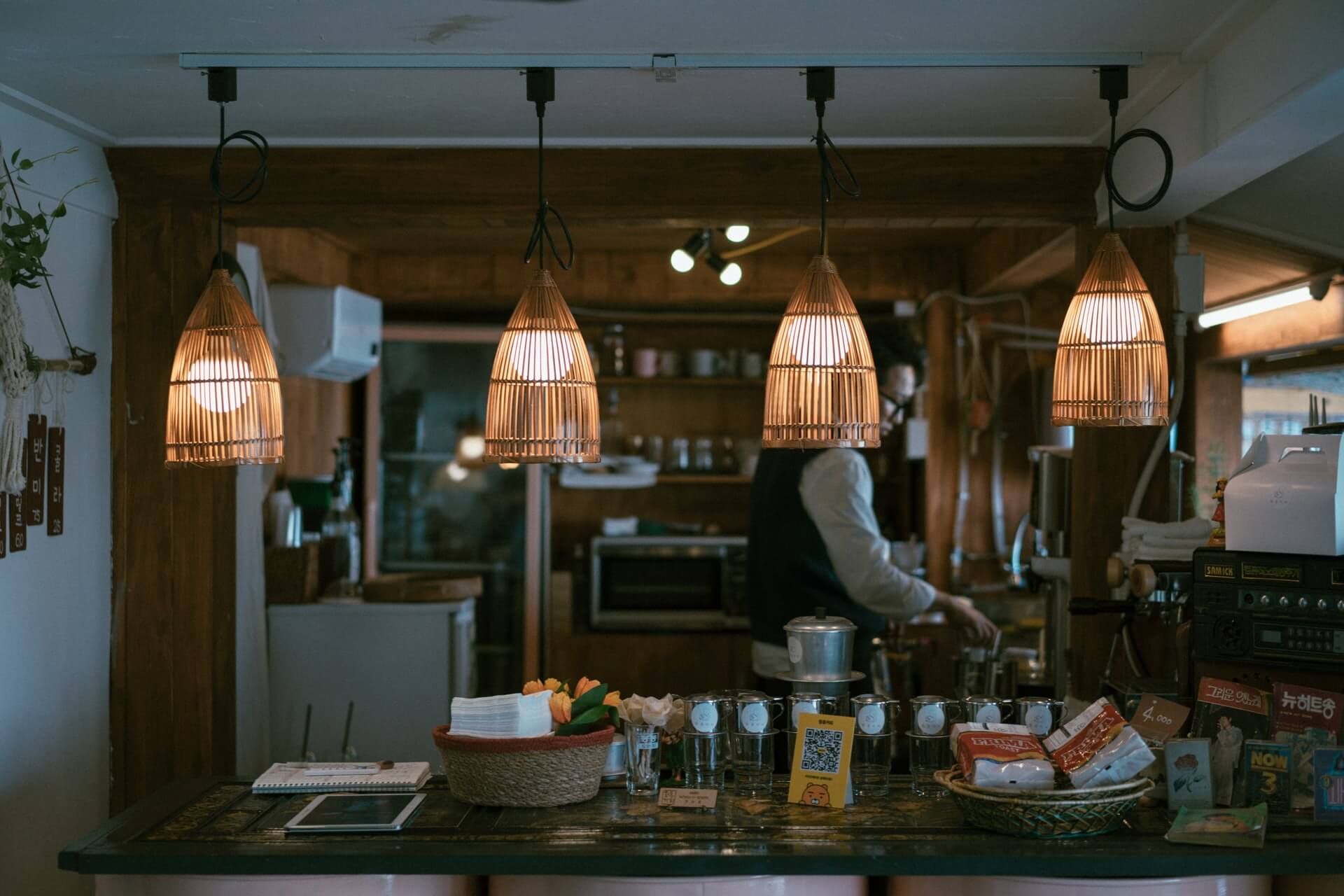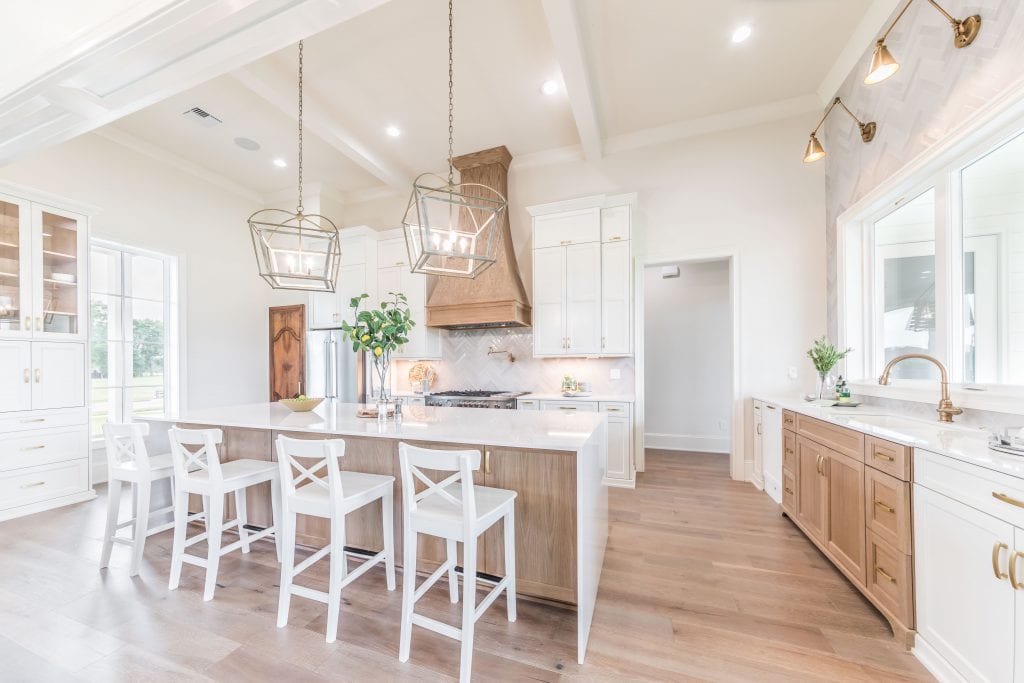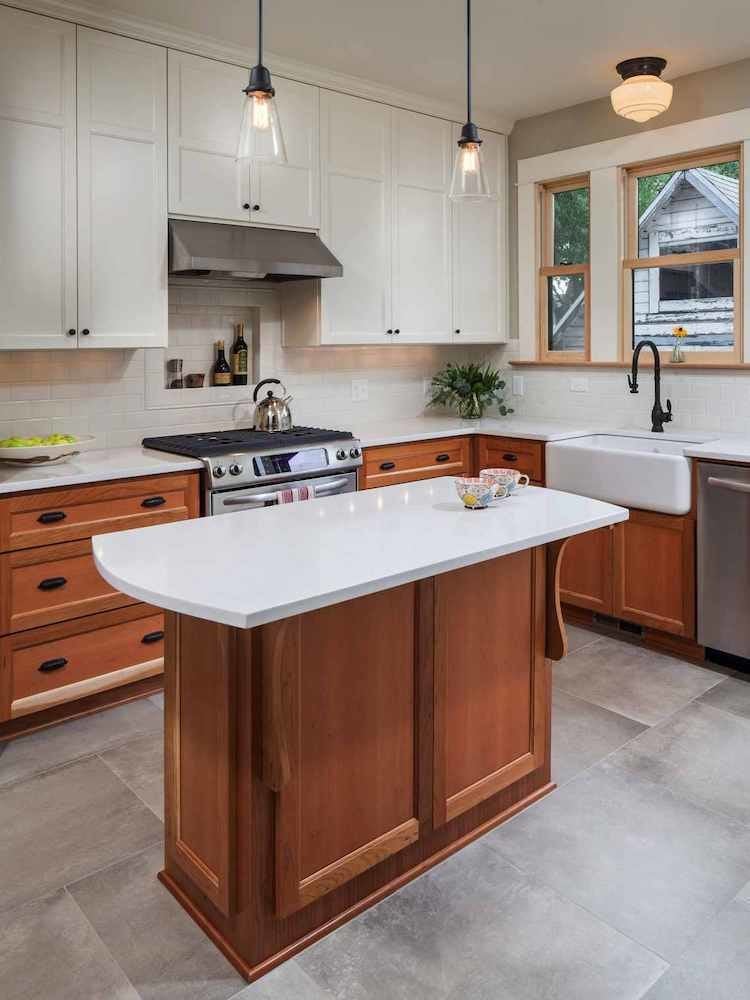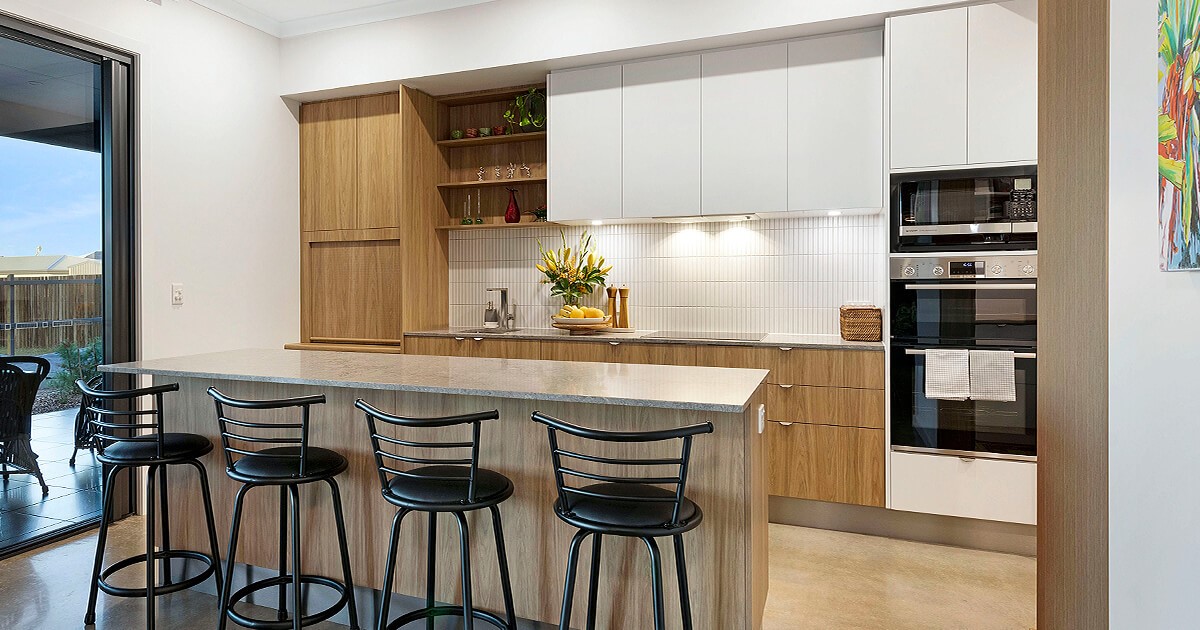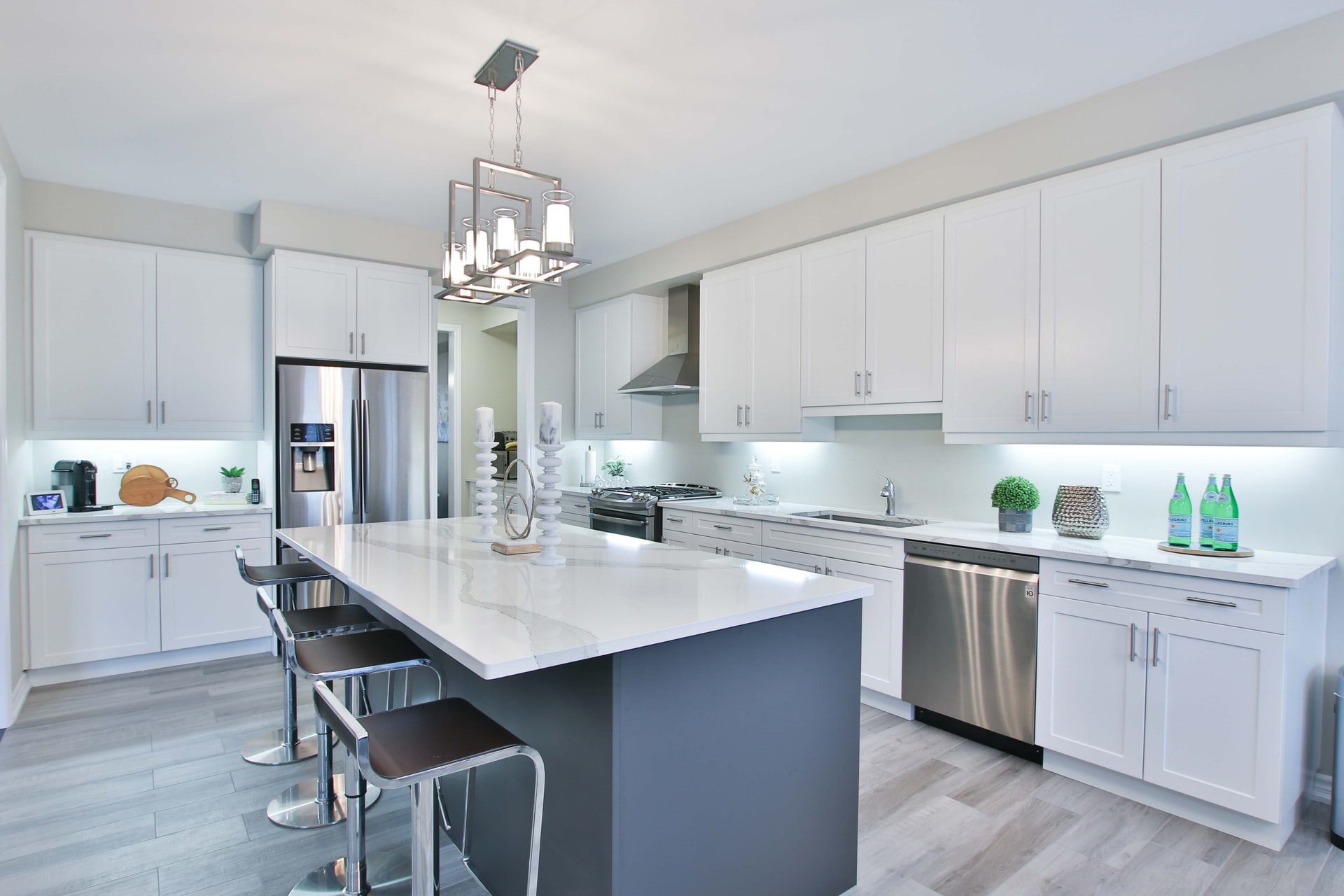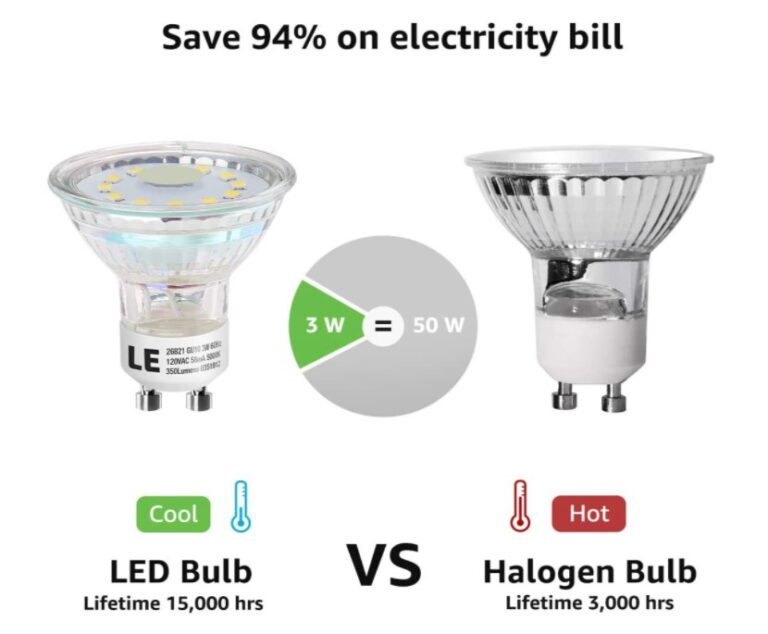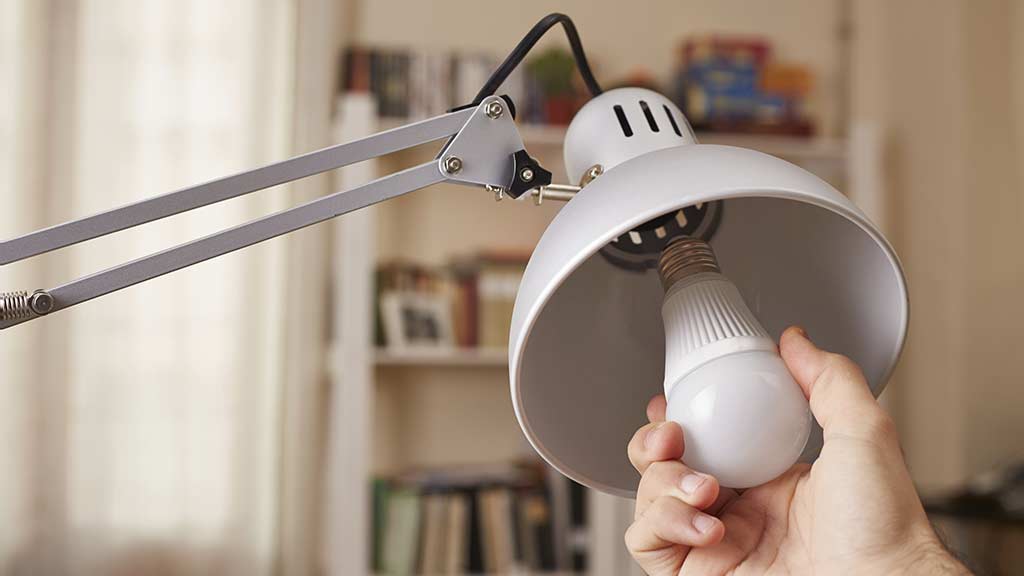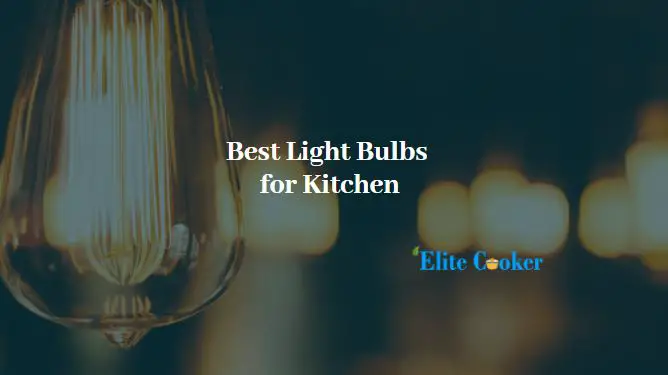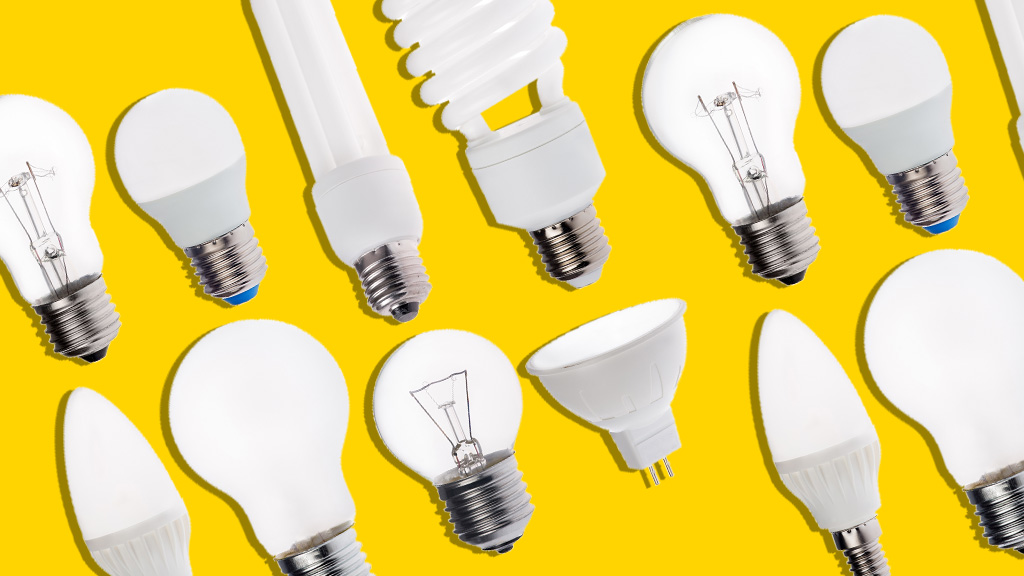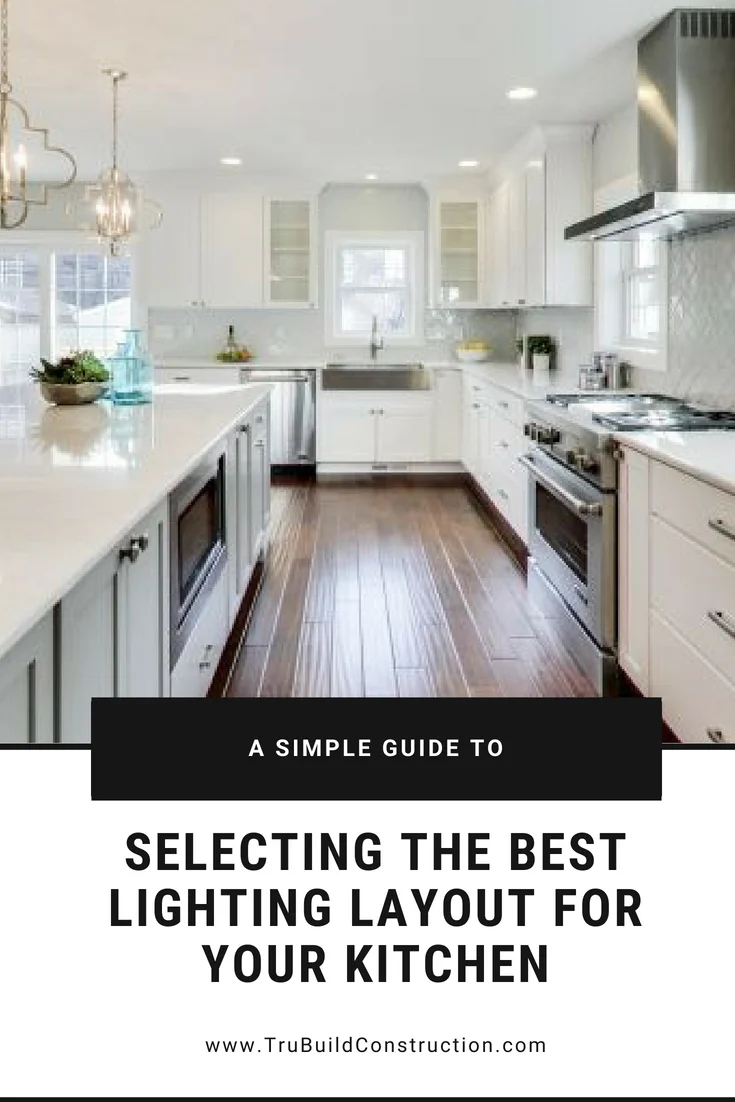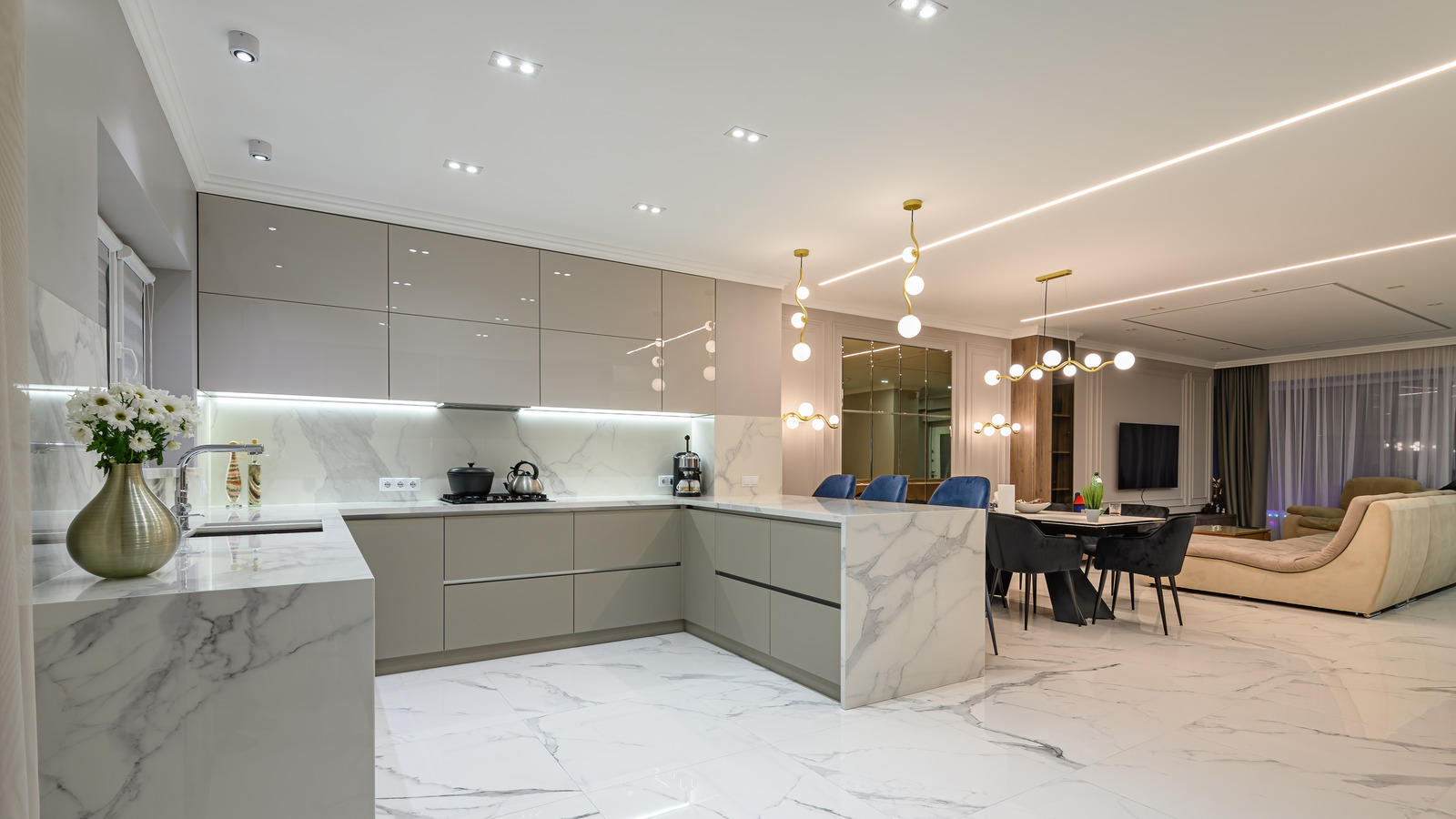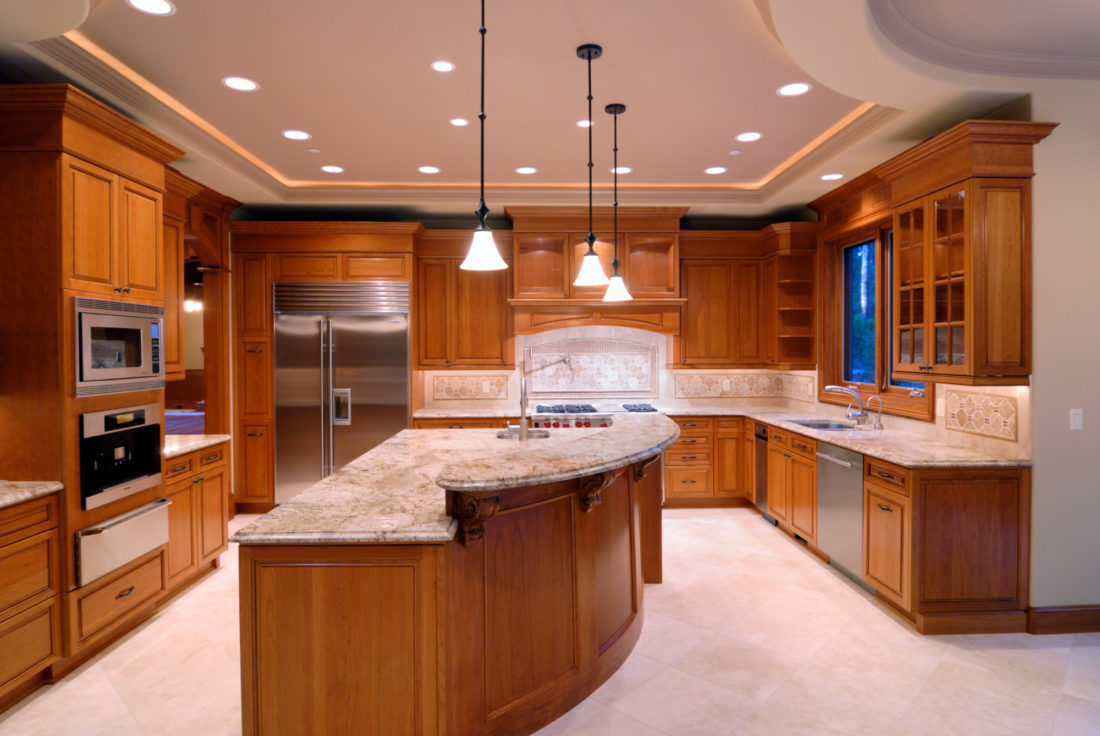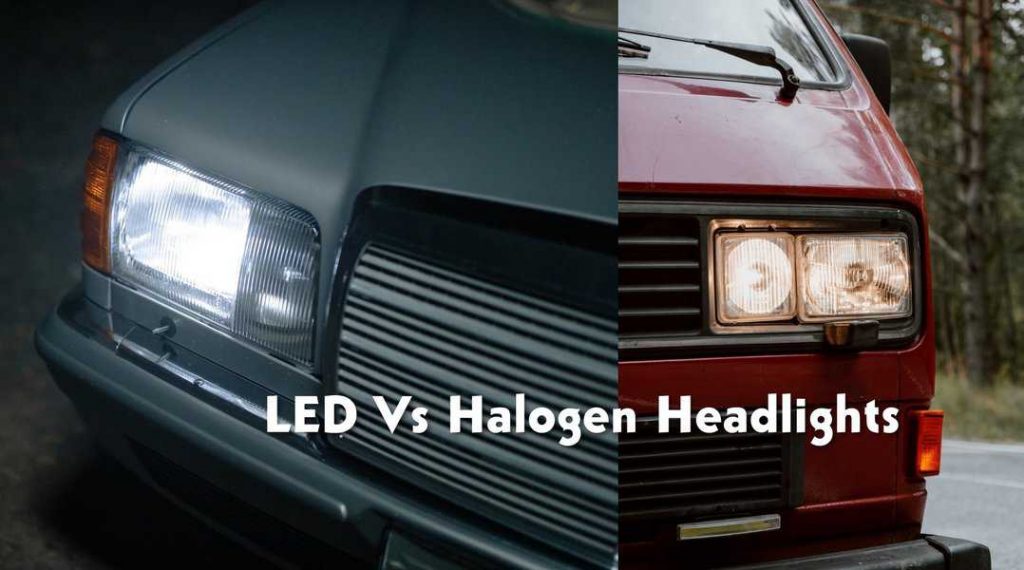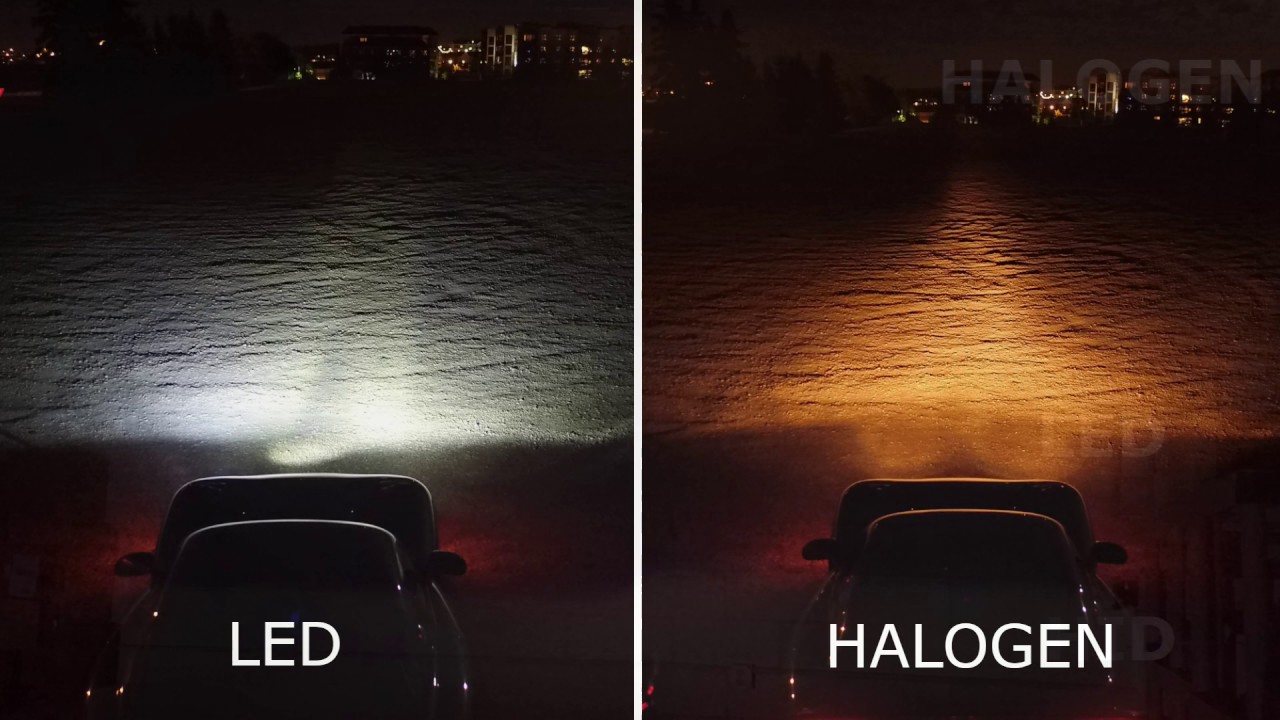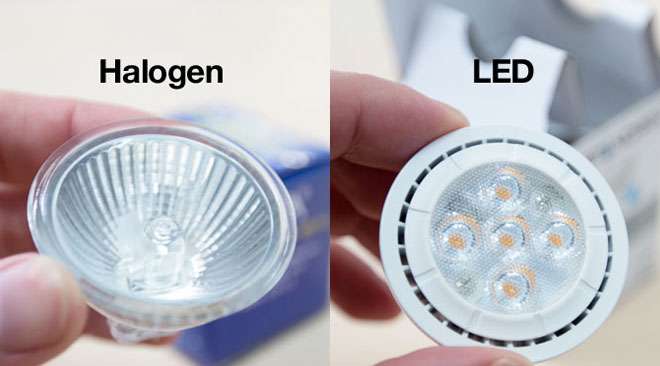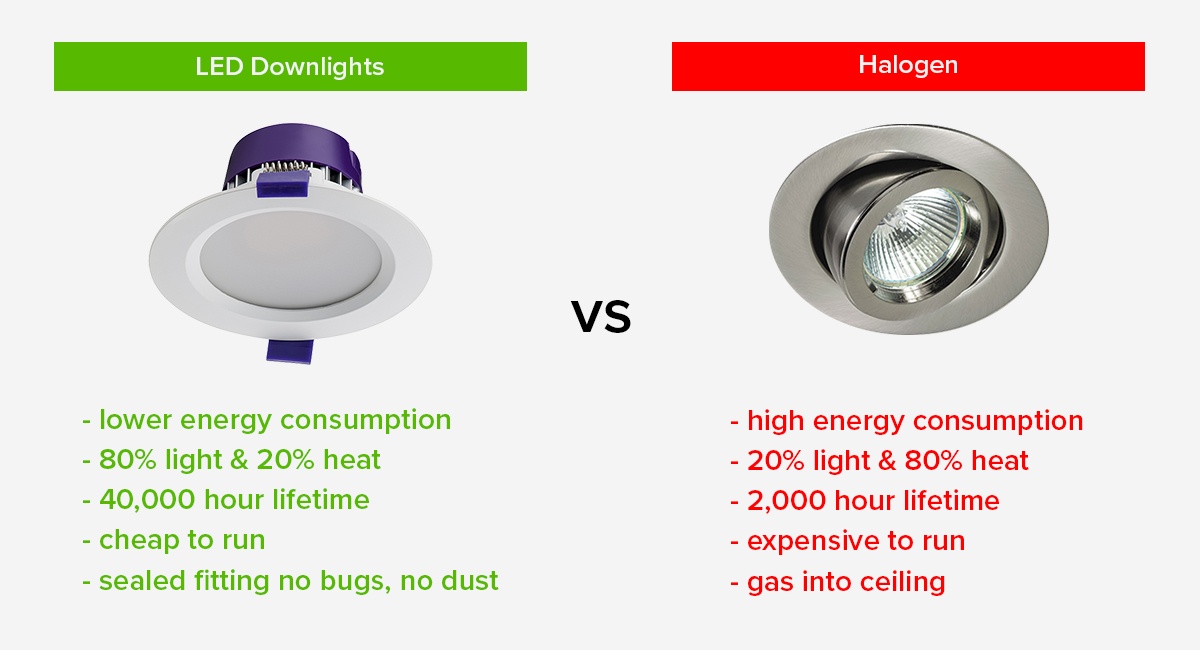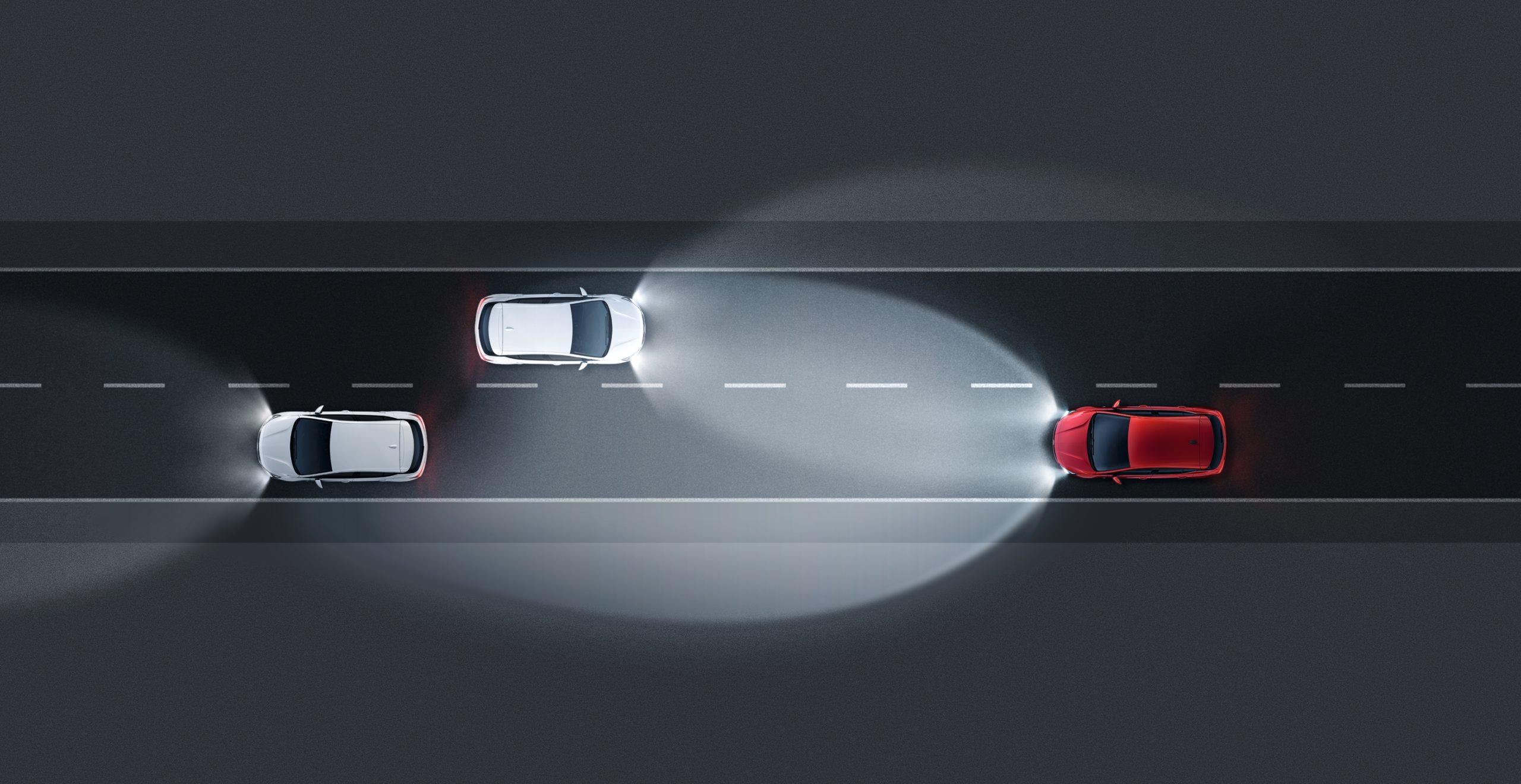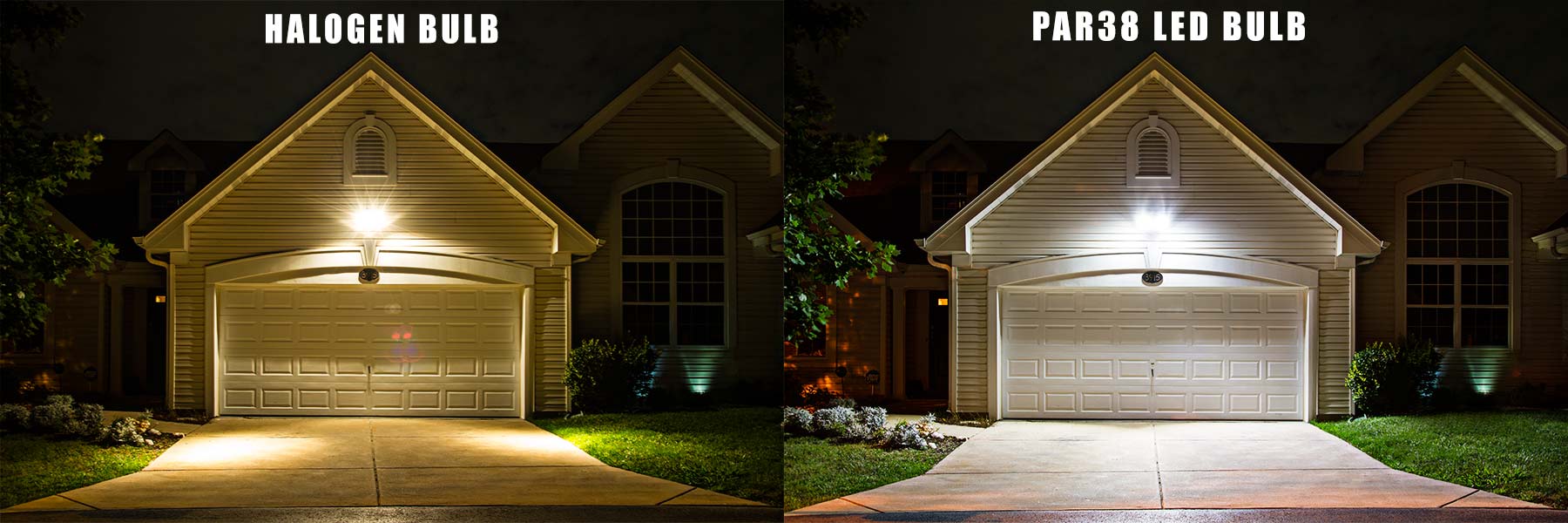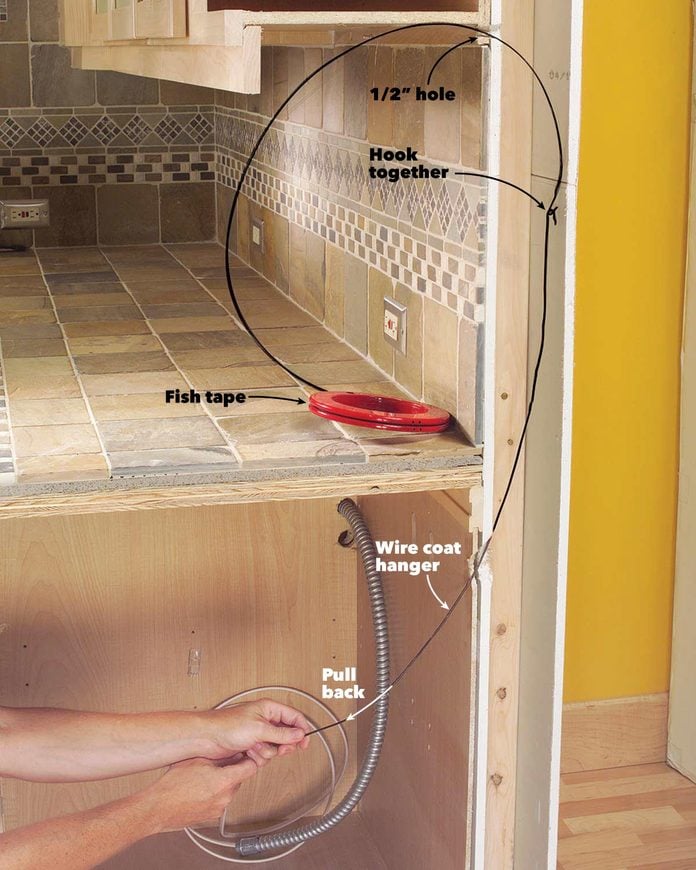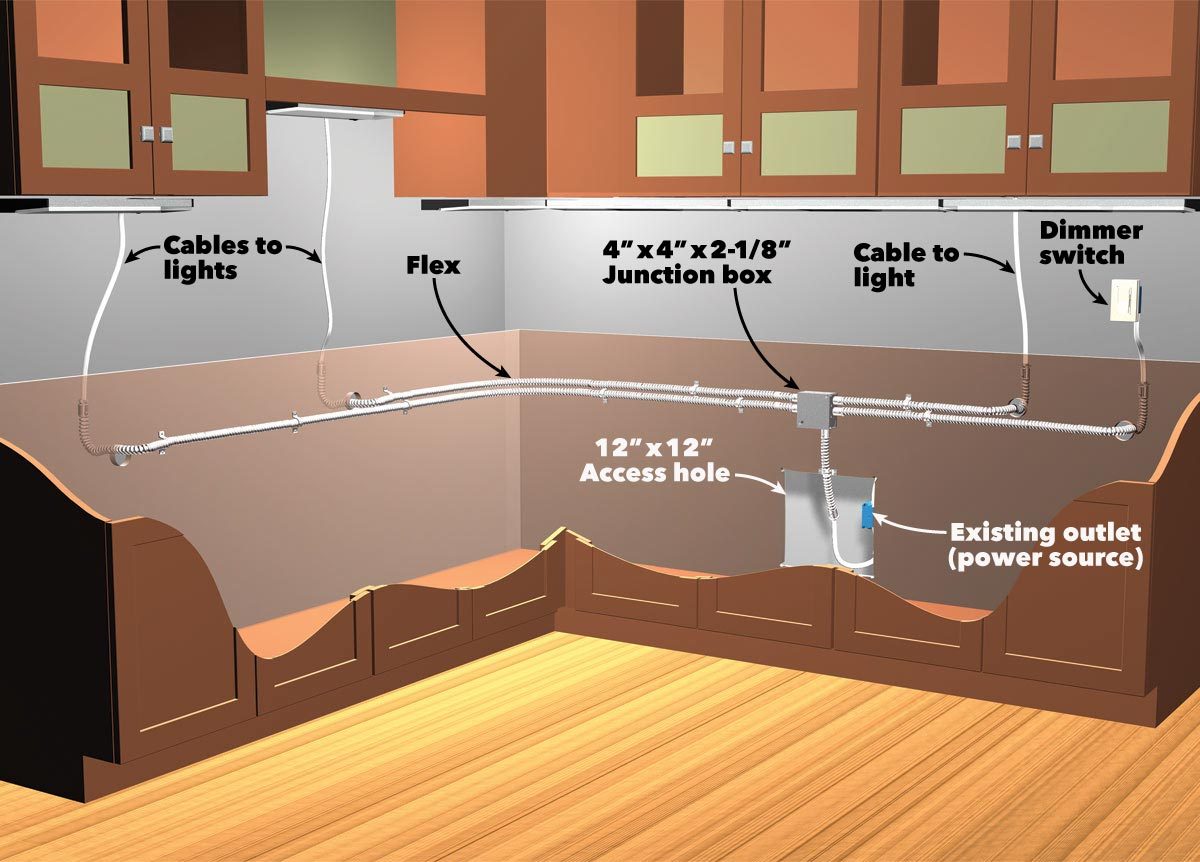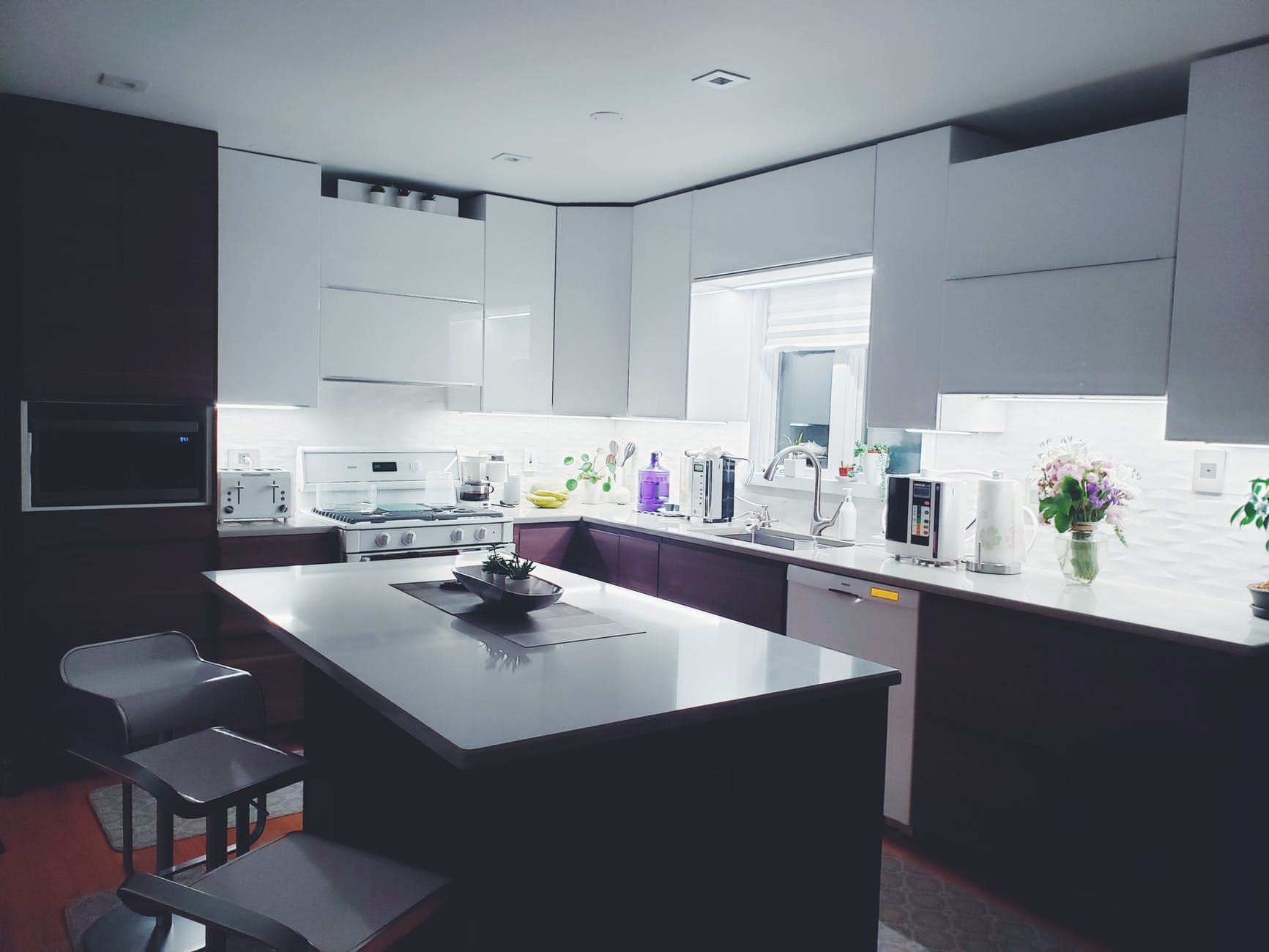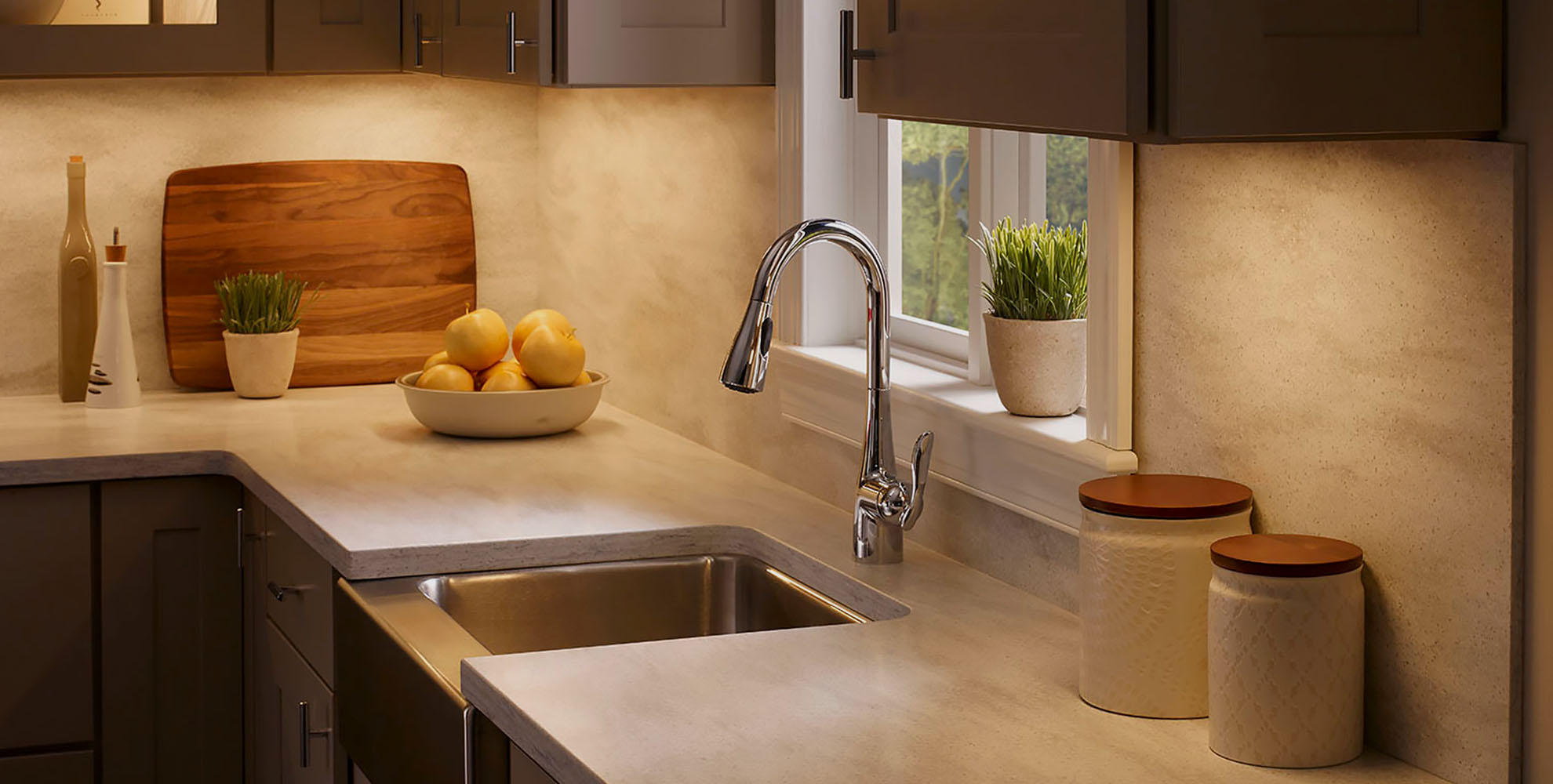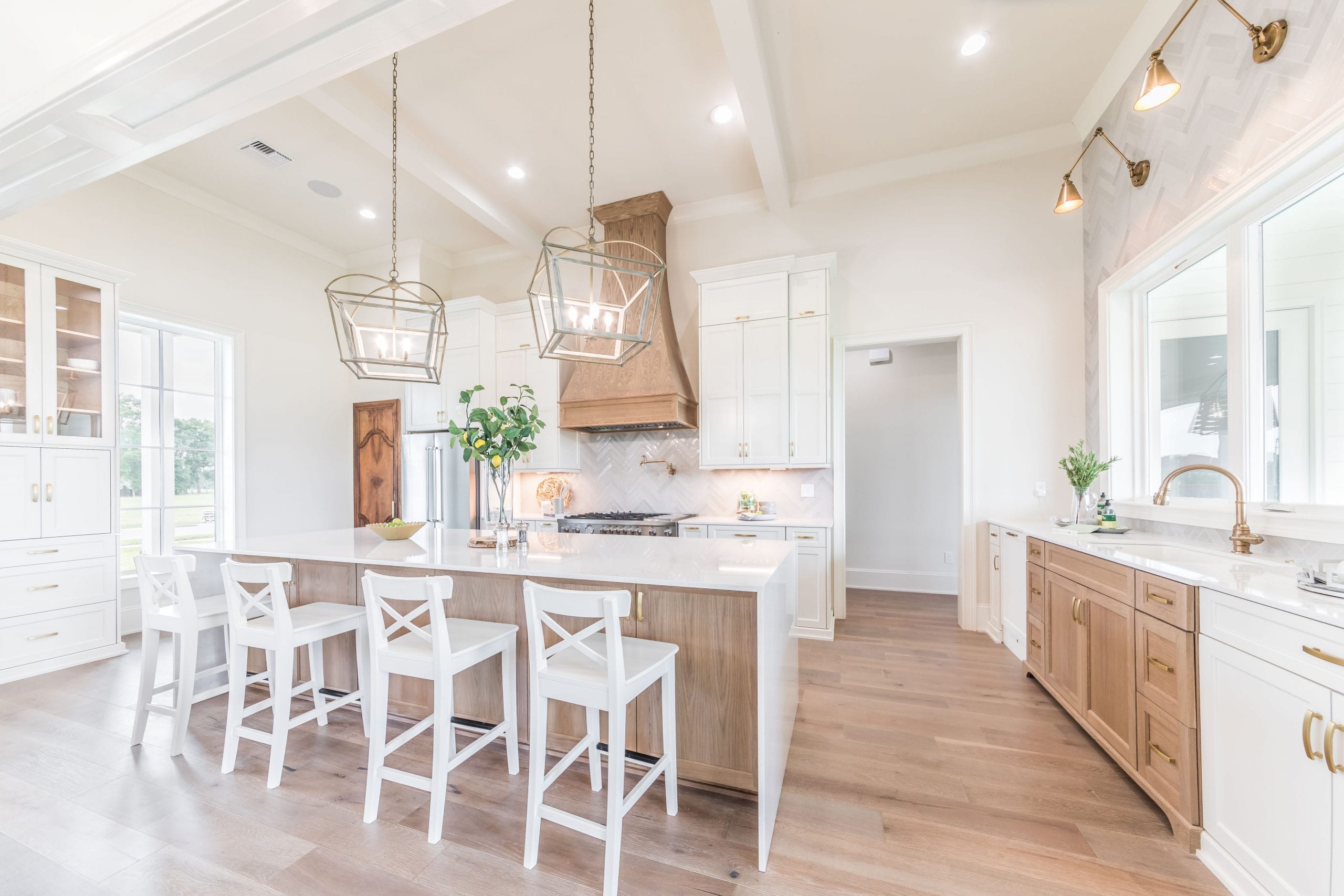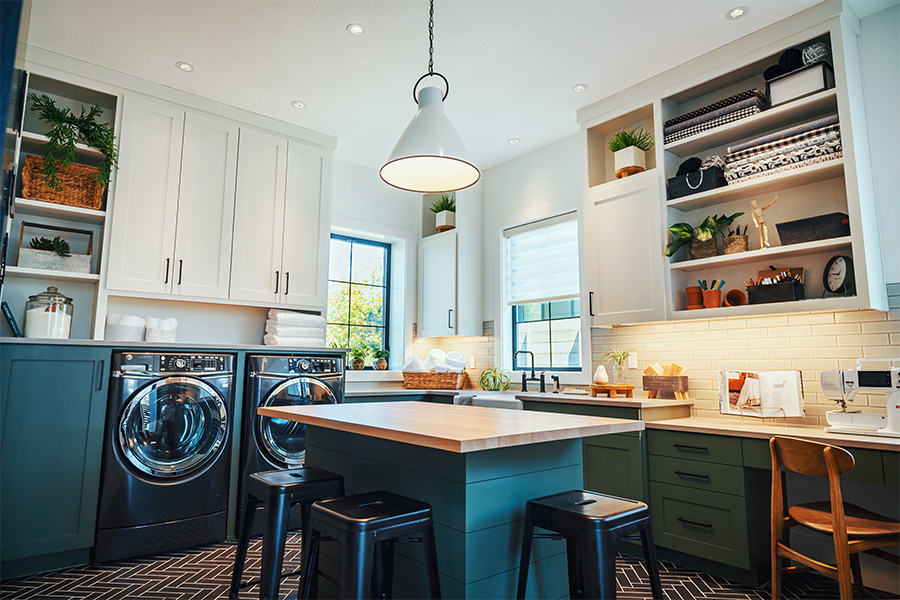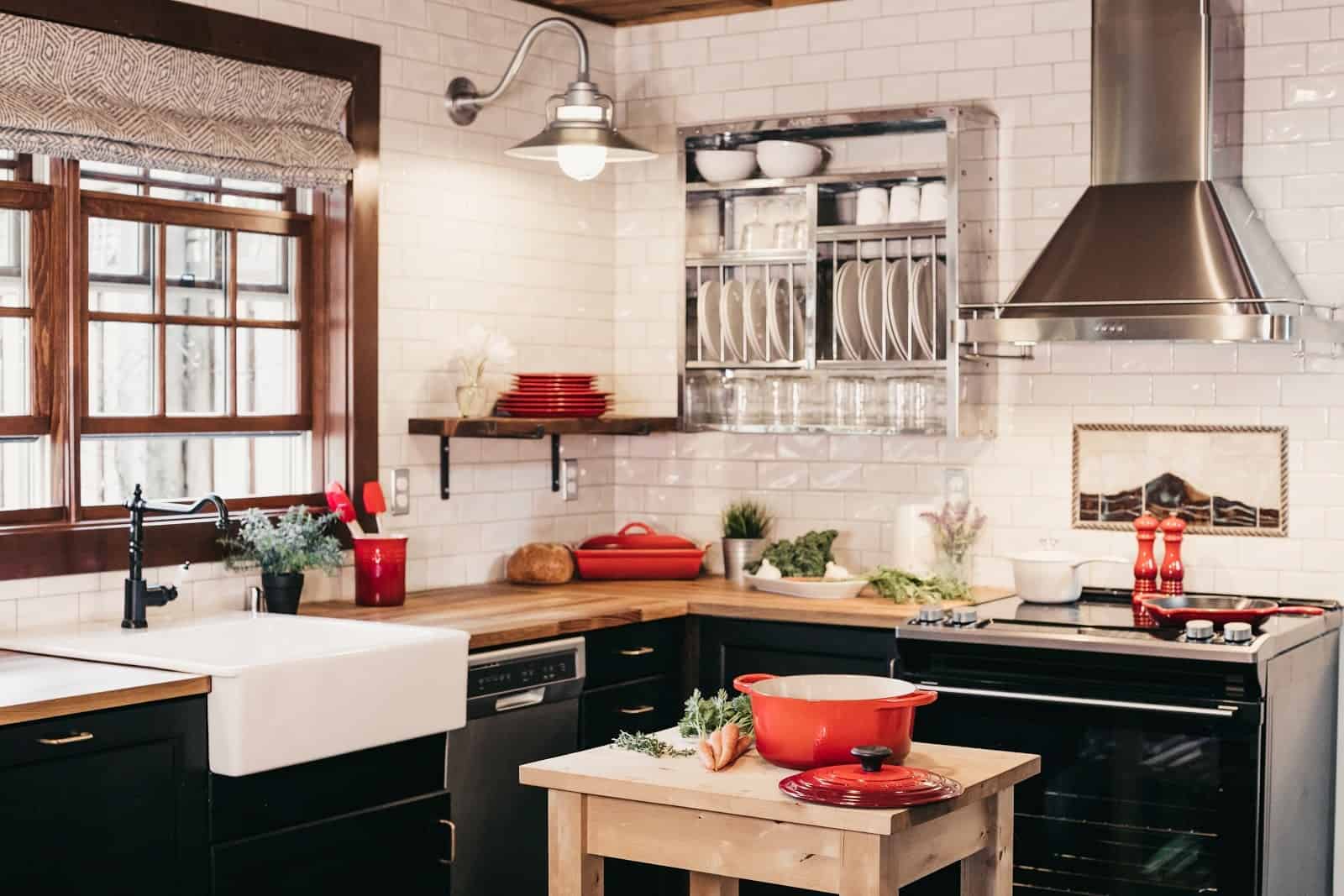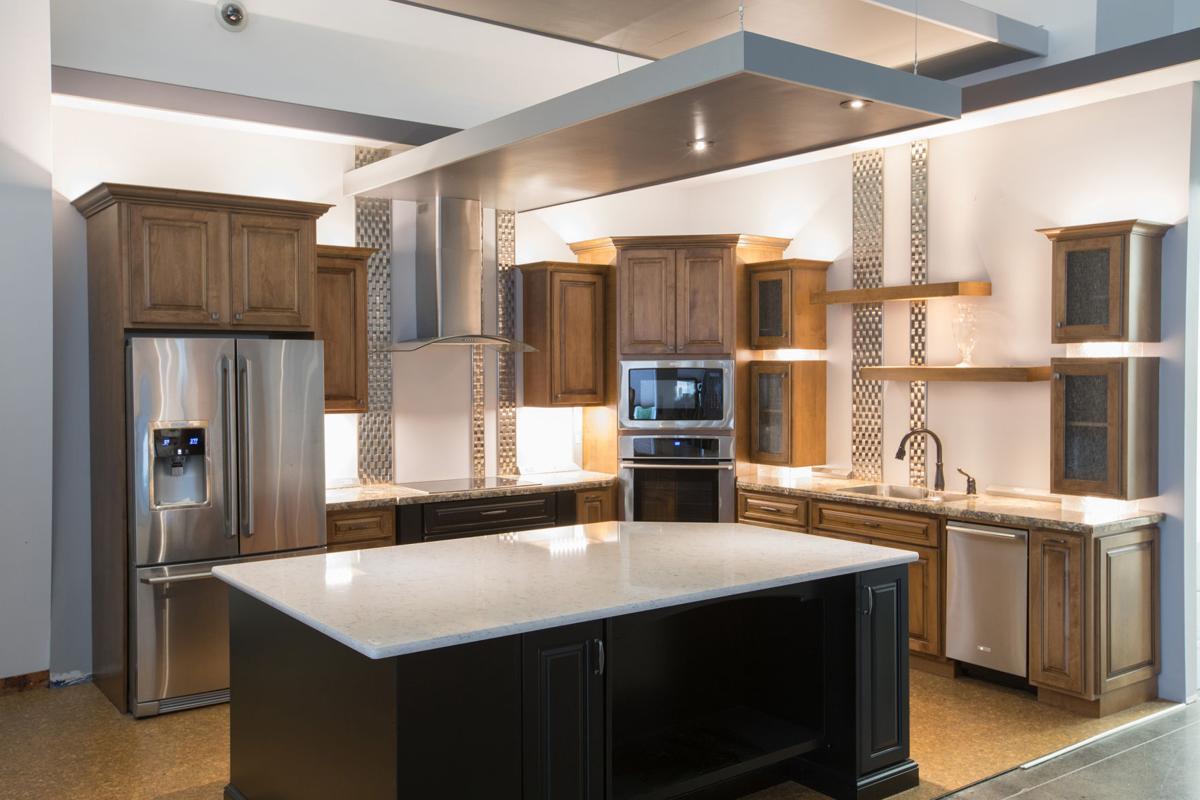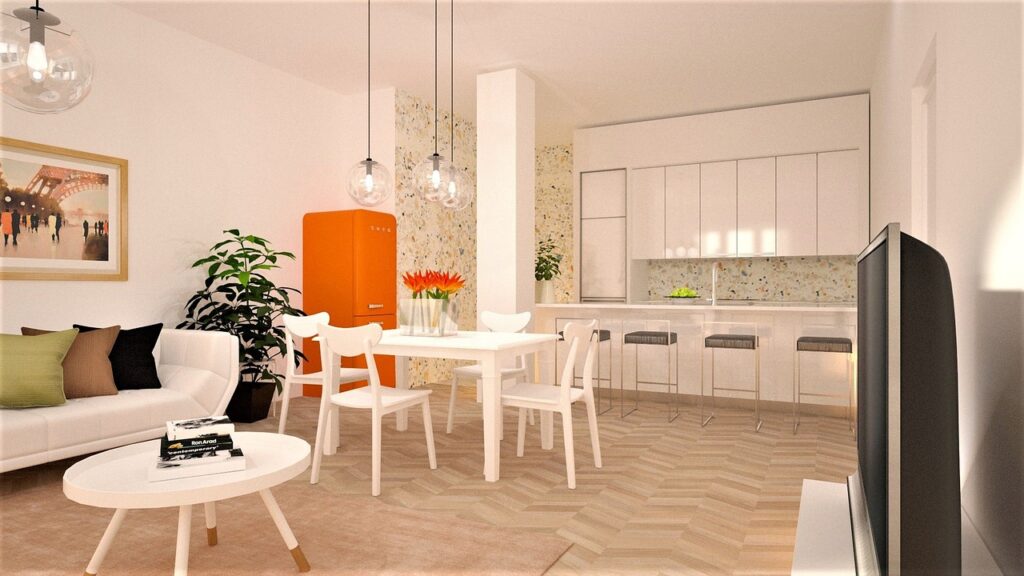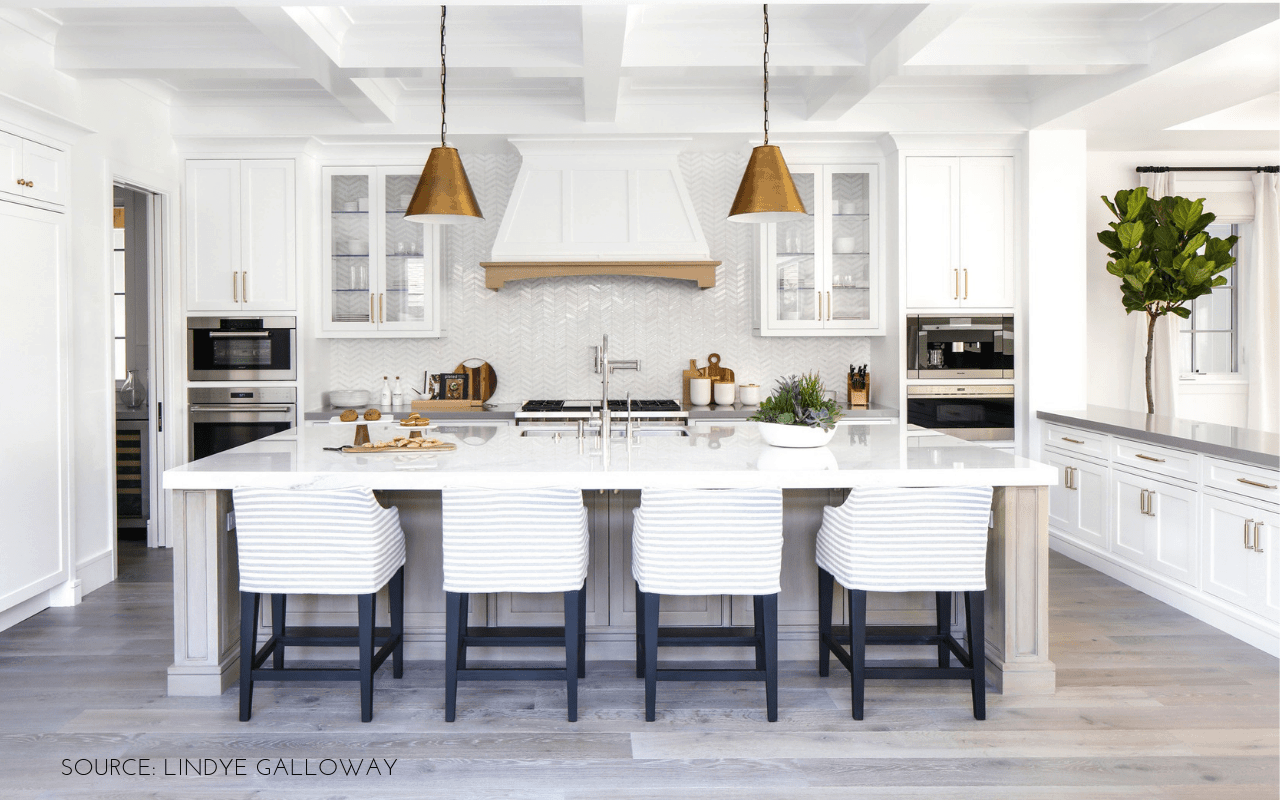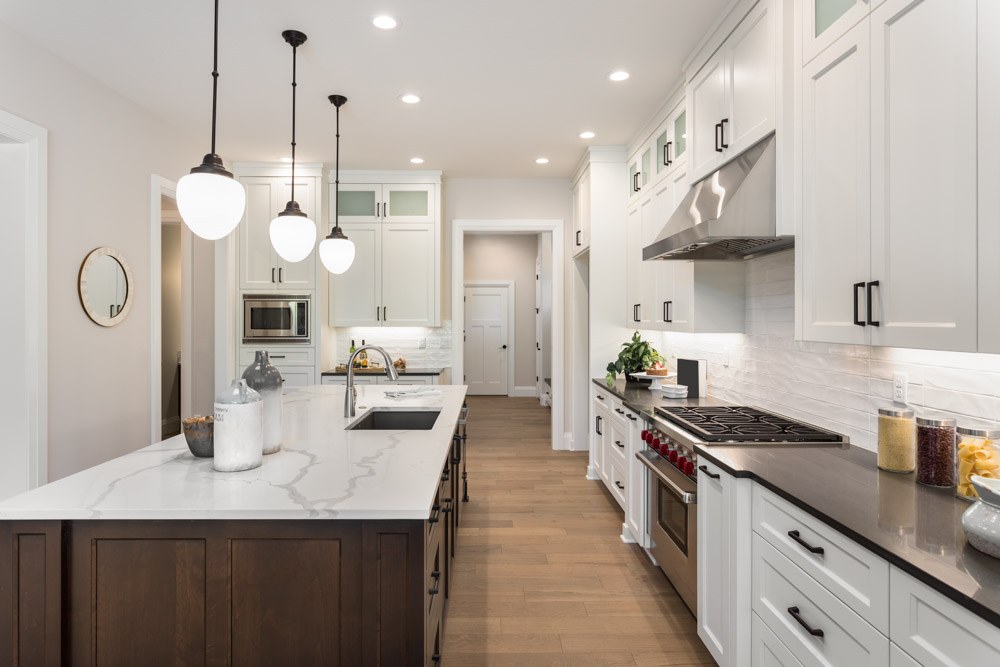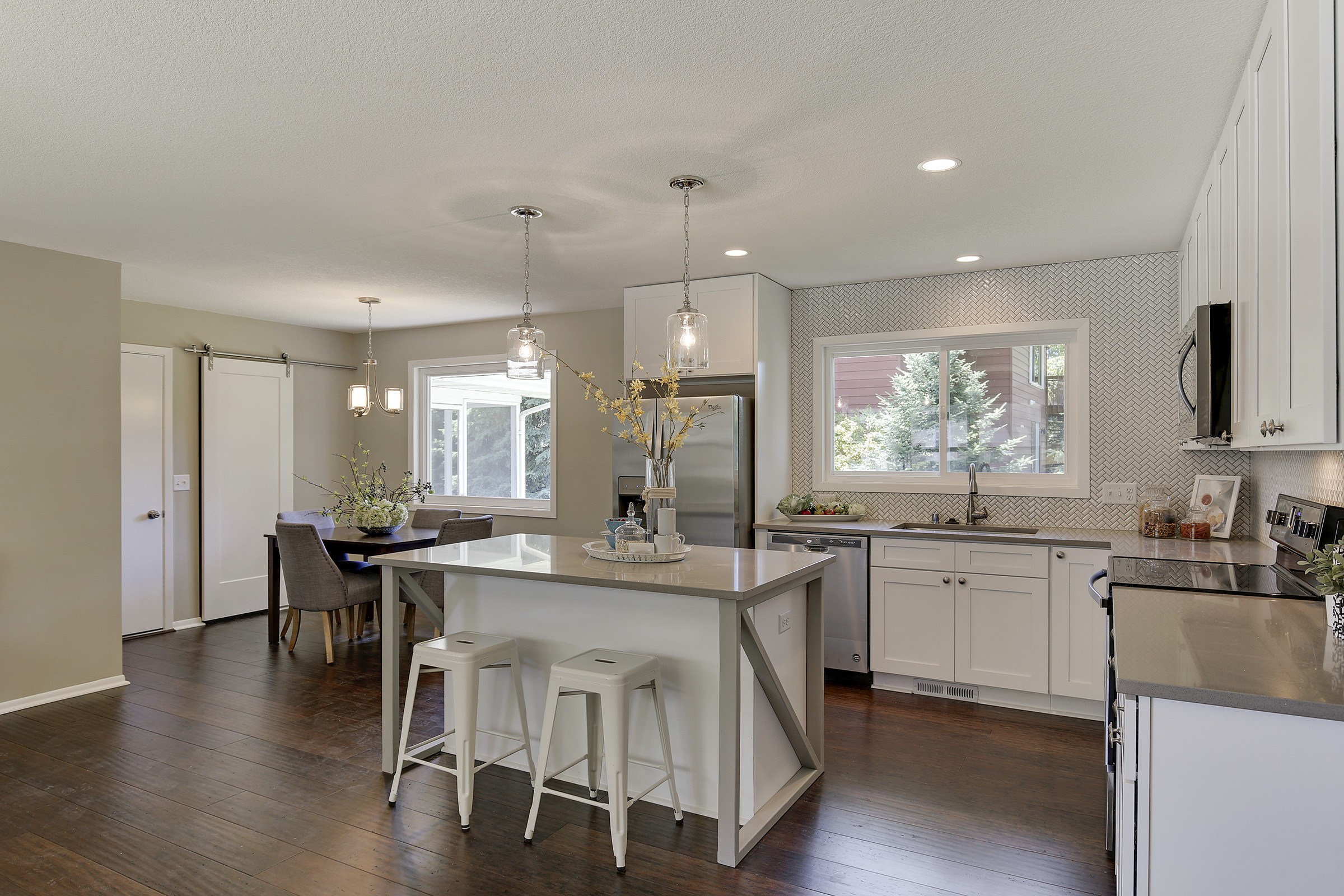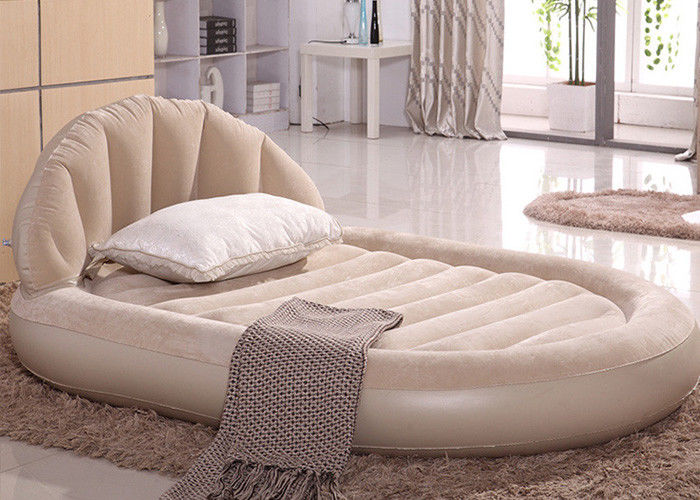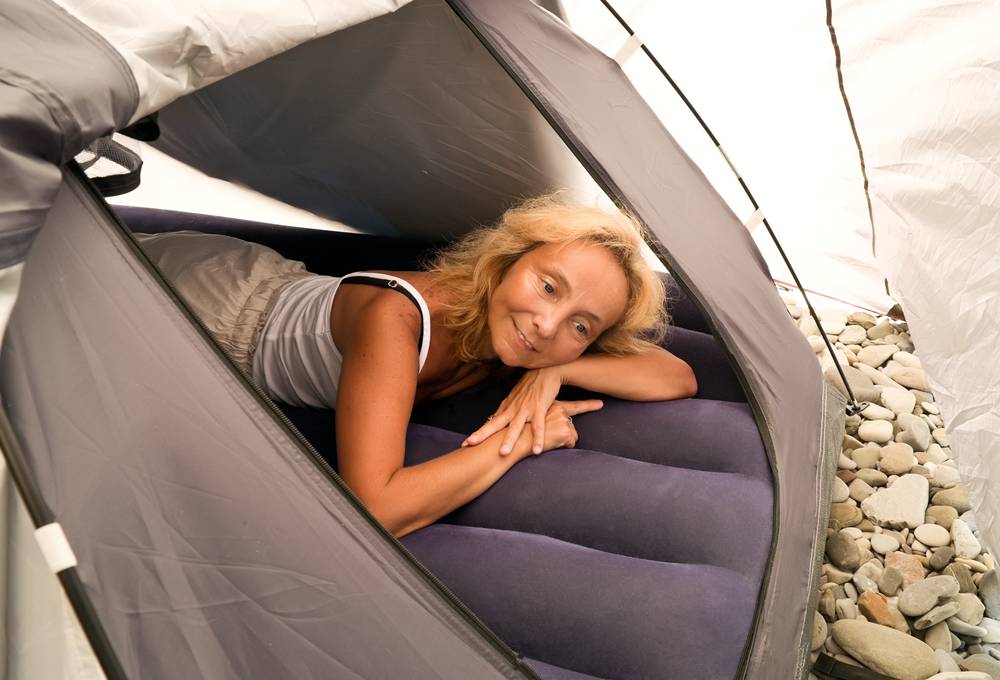The right lighting can make all the difference in a kitchen. It not only helps you see what you're doing, but it also sets the mood and ambiance of the space. But when it comes to choosing the best lighting for your kitchen, one important factor to consider is the temperature of the light. In this article, we'll explore the top 10 lighting temperature options for kitchens that can transform your space into a warm and inviting hub.Lighting Temperature for Kitchen
1. Warm White Lighting: This lighting temperature, also known as soft white, ranges from 2700K to 3000K and is perfect for creating a cozy and inviting atmosphere in the kitchen. It works well with warm and earthy tones and is ideal for dining areas or above kitchen islands. 2. Daylight Lighting: This temperature, ranging from 5000K to 6500K, mimics natural daylight and is perfect for task lighting in the kitchen. It provides a cool and bright light that is ideal for food preparation areas and under cabinet lighting. 3. Cool White Lighting: With a temperature of 4000K, this lighting option falls between warm white and daylight. It works well in modern kitchens with white or light-colored cabinets and countertops. 4. Dimmable Lighting: For ultimate control over the lighting temperature in your kitchen, opt for dimmable lights. This allows you to adjust the brightness and warmth of the light according to your mood and needs. 5. LED Lights: LED lights not only offer energy efficiency and longevity, but they also come in a variety of color temperatures. You can choose from warm white, cool white, or daylight options, depending on your kitchen's design and style. 6. Halogen Lights: Similar to LED lights, halogen lights also come in various color temperatures and offer bright and focused lighting. They are great for task lighting in the kitchen and can be dimmed for a softer glow. 7. Smart Lighting: With the rise of smart home technology, you can now control the lighting temperature in your kitchen with just a tap on your phone. This allows you to adjust the light according to your needs, whether it's for cooking, dining, or entertaining. 8. Recessed Lighting: Recessed lights are a great option for kitchens with low ceilings or limited space. They provide a clean and modern look and can be installed in different color temperatures to suit your needs. 9. Pendant Lighting: Pendant lights not only add a stylish touch to the kitchen, but they also provide focused lighting for specific areas. They come in a variety of styles and can be installed with dimmable bulbs for adjustable lighting. 10. Task Lighting: Last but not least, task lighting is crucial in the kitchen. This includes under cabinet lighting, pendant lights above the stove, and recessed lights above the sink. These lights provide focused and functional lighting for specific tasks.10 Best Kitchen Lighting Ideas
When it comes to choosing the right lighting for your kitchen, there are a few factors to consider: Budget: Determine your budget before shopping for lighting. This will help you narrow down your options and stay within your means. Kitchen Layout: Consider the layout of your kitchen and where you need the most lighting. This will help you determine the number and placement of lights. Color Scheme: Think about the color scheme of your kitchen and choose a lighting temperature that complements it. Functionality: Decide on the primary function of your kitchen and choose lighting accordingly. Is it mainly for cooking, dining, or entertaining? Style: Lastly, choose lighting that not only serves its purpose but also adds to the overall style and design of your kitchen.How to Choose the Right Lighting for Your Kitchen
1. Statement Lighting: Make a statement in your kitchen with bold and unique lighting fixtures such as oversized pendants, chandeliers, or geometric shapes. 2. Industrial Style: Industrial-style lighting continues to be a popular trend in kitchens, with exposed bulbs, metal finishes, and vintage-inspired designs. 3. Natural Materials: Incorporate natural elements into your kitchen with lighting made from wood, rattan, or bamboo. These materials add warmth and texture to the space. 4. Black Accents: Black lighting fixtures add a touch of sophistication and contrast to white or light-colored kitchens. This trend is expected to continue in 2021. 5. Mix and Match: Don't be afraid to mix and match different styles and finishes of lighting in your kitchen. This adds visual interest and personalization to the space.Top Kitchen Lighting Trends for 2021
1. LED: LED lights are energy-efficient, long-lasting, and come in a variety of color temperatures to suit your kitchen's needs. 2. Halogen: Halogen lights offer a bright and focused light, making them ideal for task lighting in the kitchen. 3. Fluorescent: Fluorescent lights are budget-friendly and provide bright and even lighting for larger kitchens. 4. Incandescent: Incandescent lights are the traditional option, but they are not as energy-efficient as LED or halogen lights.Best Light Bulbs for Kitchen
To create the perfect lighting plan for your kitchen, follow these steps: 1. Determine the Primary Function: Decide on the primary function of your kitchen and the areas that need the most lighting. 2. Consider the Layout: Take into account the layout of your kitchen and the placement of cabinets, appliances, and furniture. 3. Choose the Right Fixtures: Choose lighting fixtures that are suitable for the function and style of your kitchen. 4. Layer the Lighting: Use a combination of ambient, task, and accent lighting to create a well-lit and visually appealing space. 5. Use Dimmers: Dimmers allow you to adjust the brightness and temperature of the light according to your needs and mood.How to Create the Perfect Kitchen Lighting Plan
Both LED and halogen lights have their pros and cons when it comes to kitchen lighting. LED lights are more energy-efficient and have a longer lifespan, while halogen lights provide a brighter and more focused light. Ultimately, it depends on your budget and personal preference.LED vs. Halogen Lighting for Kitchen
Under cabinet lighting is a great way to add task lighting to your kitchen and create a warm and inviting ambiance. To install under cabinet lighting, follow these steps: 1. Gather Materials: You will need lighting fixtures, bulbs, a power drill, screws, and a power source. 2. Measure and Mark: Use a measuring tape to determine the placement of your lights and mark the spots with a pencil. 3. Drill Holes: Use a power drill to make holes for the screws to secure the light fixtures. 4. Install the Lights: Carefully install the lights and secure them with screws. 5. Connect to Power Source: Finally, connect the lights to a power source and test them to ensure they are working properly.How to Install Under Cabinet Lighting in Your Kitchen
Task lighting is crucial in the kitchen, especially in areas where food preparation takes place. It provides focused and functional lighting that allows you to see what you're doing and avoid any accidents. It also adds to the overall ambiance and style of the space.The Importance of Task Lighting in the Kitchen
Pendant lighting is a popular choice for kitchens, as it not only provides task lighting but also adds a decorative touch to the space. To use pendant lighting in your kitchen, consider these tips: 1. Choose the Right Size: The size of the pendant lights should be proportional to the size of your kitchen and the area you want to light. 2. Hang at the Right Height: Pendant lights should be hung at a height that allows for sufficient lighting without obstructing your view. 3. Consider the Style: Choose pendant lights that complement the style and design of your kitchen, whether it's modern, traditional, or farmhouse. In conclusion, choosing the right lighting temperature for your kitchen is essential for creating a functional and inviting space. Consider the layout, function, and style of your kitchen and use a combination of different lighting options to achieve the perfect balance. With these top 10 lighting temperature ideas, you can transform your kitchen into a warm and welcoming hub for cooking, dining, and entertaining.How to Use Pendant Lighting in Your Kitchen
The Importance of Choosing the Right Lighting Temperature for Your Kitchen
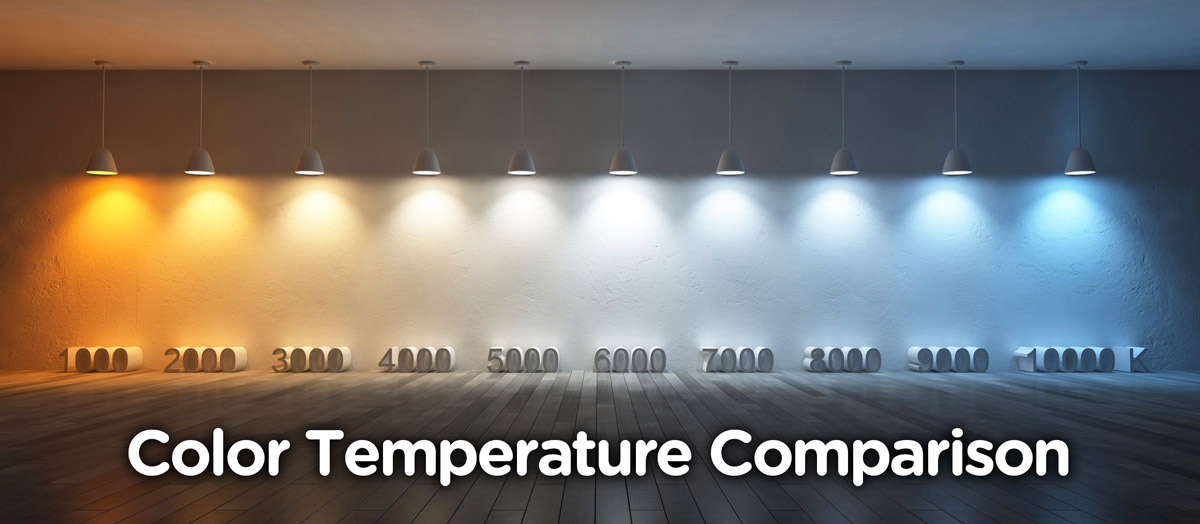
Why Lighting Temperature Matters
 The kitchen is often considered the heart of the home, where families gather to cook, eat, and spend time together. It's also a space where functionality and style go hand in hand. As such, the lighting in your kitchen plays a crucial role in creating a welcoming and efficient space. However, many homeowners overlook the importance of lighting temperature when designing their kitchen. Understanding the impact of lighting temperature can make a significant difference in the overall look and feel of your kitchen.
The kitchen is often considered the heart of the home, where families gather to cook, eat, and spend time together. It's also a space where functionality and style go hand in hand. As such, the lighting in your kitchen plays a crucial role in creating a welcoming and efficient space. However, many homeowners overlook the importance of lighting temperature when designing their kitchen. Understanding the impact of lighting temperature can make a significant difference in the overall look and feel of your kitchen.
The Basics of Lighting Temperature
 Lighting temperature is measured in Kelvin (K) and refers to the color of the light produced by a light source. The lower the Kelvin number, the warmer and more yellow the light appears, while a higher Kelvin number produces a cooler and bluer light. For example, a candle emits a warm, yellow light with a color temperature of approximately 1800K, while daylight has a cooler, bluer light with a color temperature of around 6500K.
Choosing the Right Lighting Temperature for Your Kitchen
When it comes to kitchen lighting, there is no one-size-fits-all solution. The ideal lighting temperature will depend on various factors, such as the color scheme, style, and function of your kitchen. However, as a general rule, experts recommend using
warm lighting with a color temperature of 2700K-3000K
for kitchen areas where you want to create a cozy and inviting atmosphere. This may include the dining area or a breakfast nook.
Cooler lighting with a color temperature of 3500K-4000K
is ideal for task lighting in the kitchen, such as above the stove or sink, where you need bright, clear light for cooking and cleaning. This temperature range is also suitable for accent lighting, such as highlighting a feature or focal point in your kitchen.
Lighting temperature is measured in Kelvin (K) and refers to the color of the light produced by a light source. The lower the Kelvin number, the warmer and more yellow the light appears, while a higher Kelvin number produces a cooler and bluer light. For example, a candle emits a warm, yellow light with a color temperature of approximately 1800K, while daylight has a cooler, bluer light with a color temperature of around 6500K.
Choosing the Right Lighting Temperature for Your Kitchen
When it comes to kitchen lighting, there is no one-size-fits-all solution. The ideal lighting temperature will depend on various factors, such as the color scheme, style, and function of your kitchen. However, as a general rule, experts recommend using
warm lighting with a color temperature of 2700K-3000K
for kitchen areas where you want to create a cozy and inviting atmosphere. This may include the dining area or a breakfast nook.
Cooler lighting with a color temperature of 3500K-4000K
is ideal for task lighting in the kitchen, such as above the stove or sink, where you need bright, clear light for cooking and cleaning. This temperature range is also suitable for accent lighting, such as highlighting a feature or focal point in your kitchen.
Additional Tips for Choosing the Right Lighting Temperature
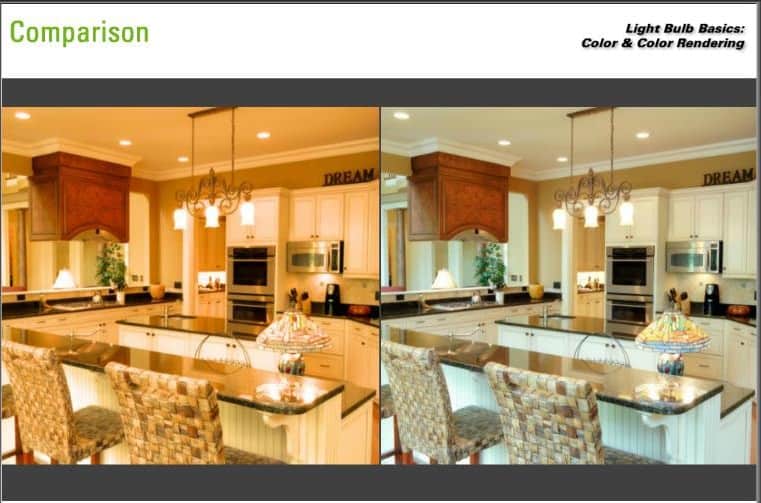 When selecting the lighting temperature for your kitchen, it's essential to consider the overall design and color scheme.
For warm-toned kitchens, opt for lighting with a color temperature of 2700K-3000K
to enhance the warmth and richness of the space. In contrast,
cool-toned kitchens can benefit from lighting with a temperature of 3500K-4000K
to create a more modern and sleek look.
In addition to considering the color temperature, it's crucial to choose the right type of lighting for each area of your kitchen. A combination of overhead, task, and accent lighting can help create a well-balanced and functional space.
Dimmer switches are also a great way to adjust the lighting temperature in your kitchen according to your desired mood and function
.
When selecting the lighting temperature for your kitchen, it's essential to consider the overall design and color scheme.
For warm-toned kitchens, opt for lighting with a color temperature of 2700K-3000K
to enhance the warmth and richness of the space. In contrast,
cool-toned kitchens can benefit from lighting with a temperature of 3500K-4000K
to create a more modern and sleek look.
In addition to considering the color temperature, it's crucial to choose the right type of lighting for each area of your kitchen. A combination of overhead, task, and accent lighting can help create a well-balanced and functional space.
Dimmer switches are also a great way to adjust the lighting temperature in your kitchen according to your desired mood and function
.
Final Thoughts
 In conclusion, the lighting temperature in your kitchen can make a significant impact on the overall design and functionality of the space. By choosing the right temperature for each area and considering the overall design, you can create a welcoming and efficient kitchen that meets your needs and style. Remember, lighting is not just a functional aspect of your kitchen; it's also an essential element in creating a warm and inviting atmosphere for you and your family to enjoy.
In conclusion, the lighting temperature in your kitchen can make a significant impact on the overall design and functionality of the space. By choosing the right temperature for each area and considering the overall design, you can create a welcoming and efficient kitchen that meets your needs and style. Remember, lighting is not just a functional aspect of your kitchen; it's also an essential element in creating a warm and inviting atmosphere for you and your family to enjoy.

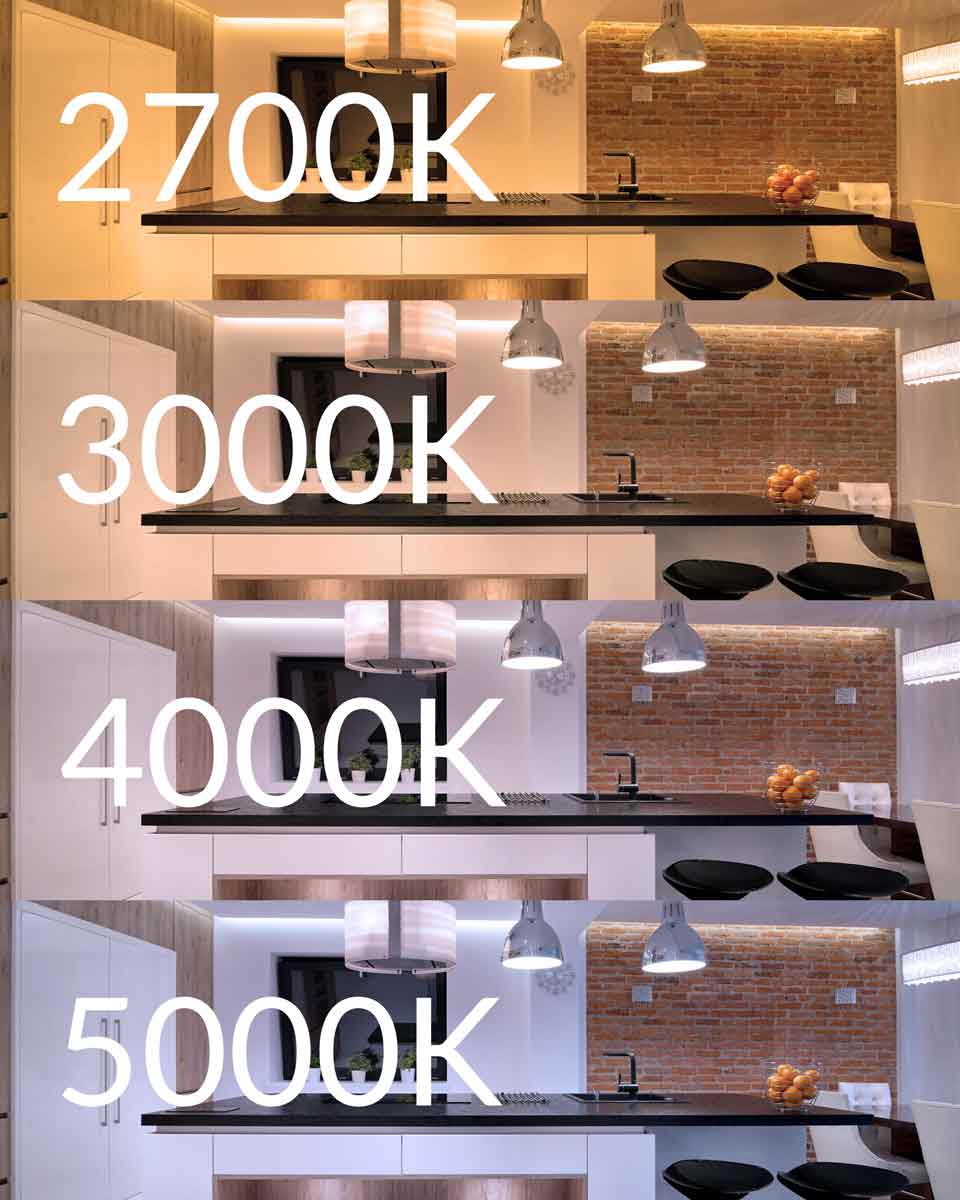

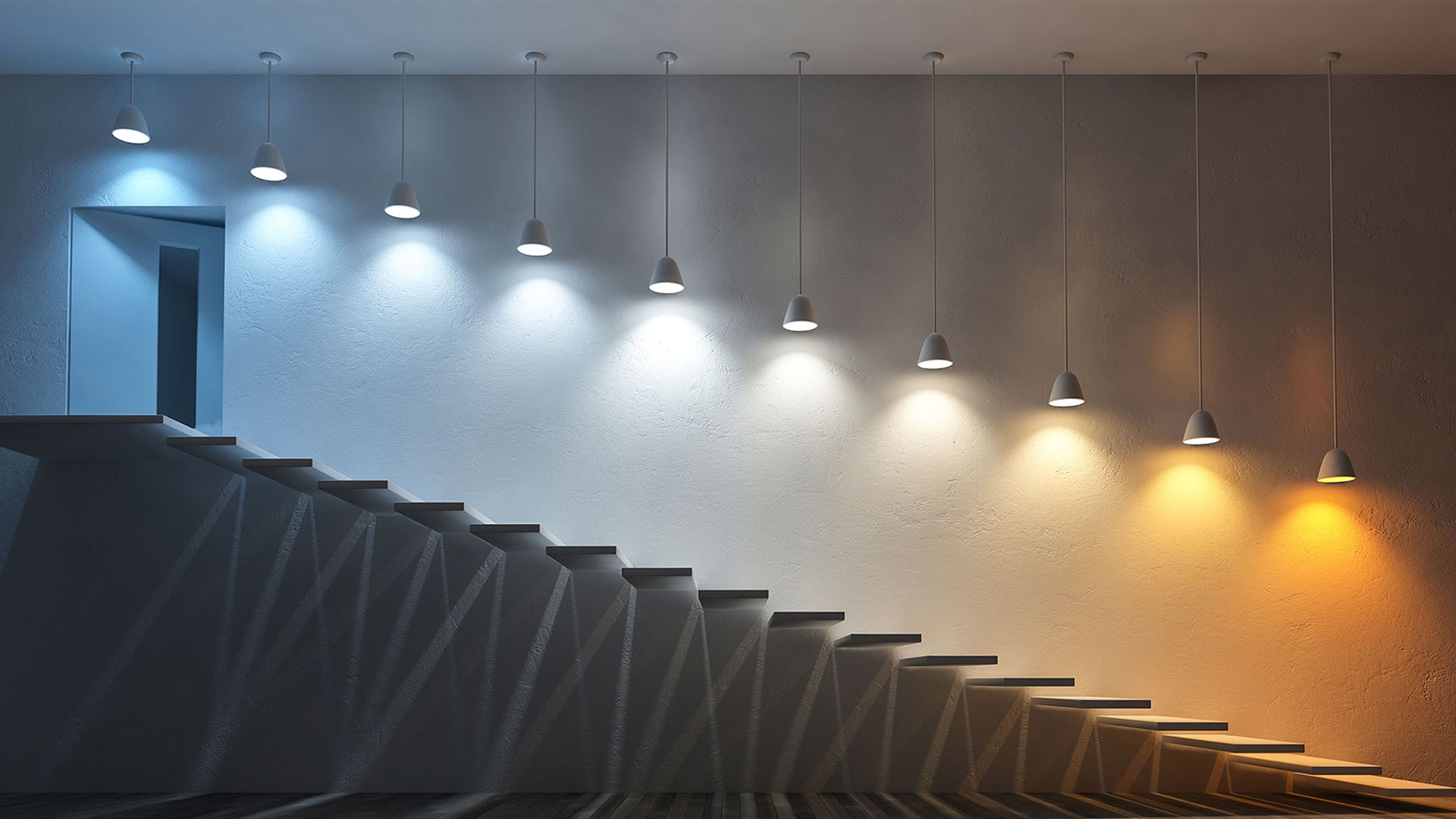

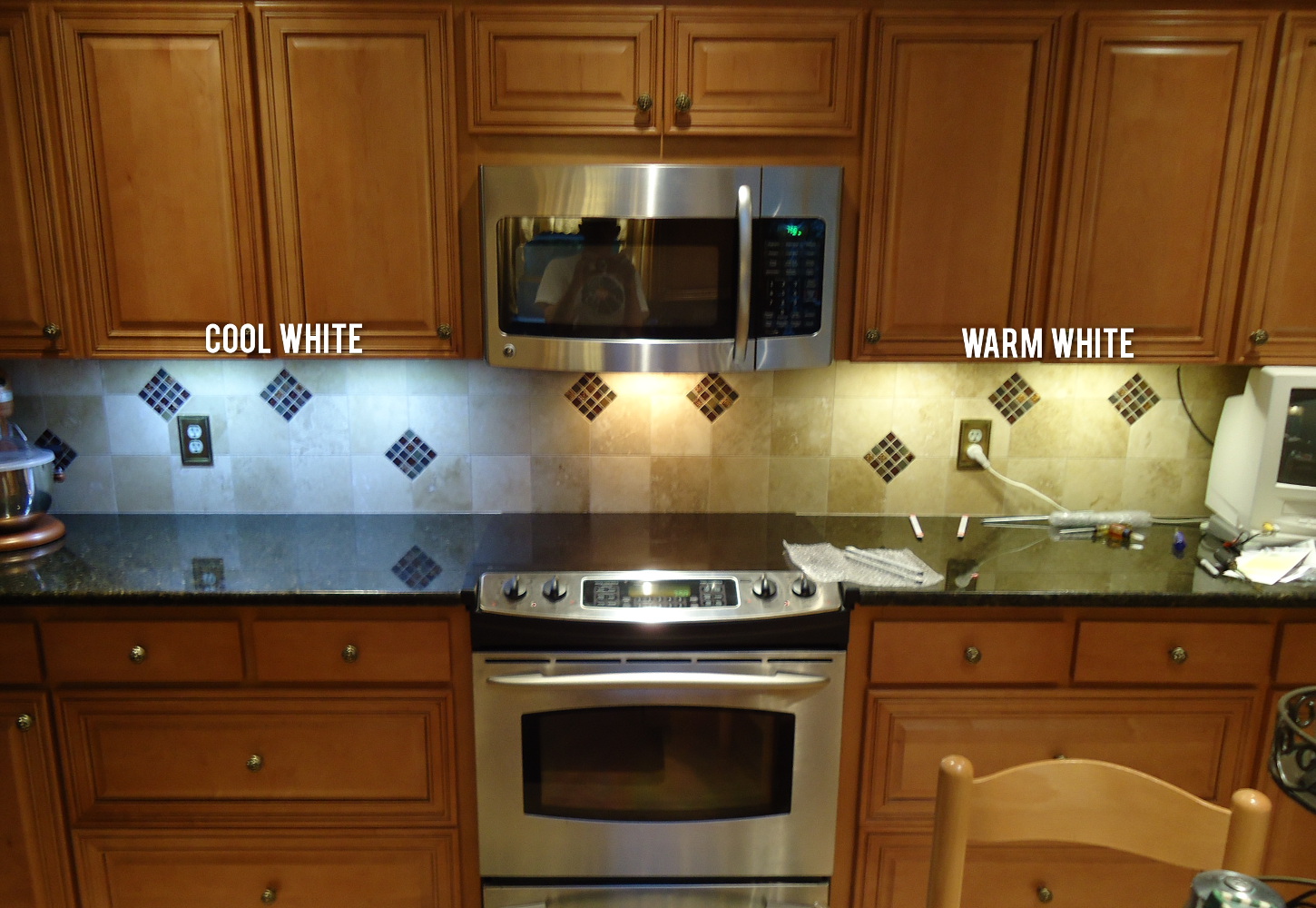






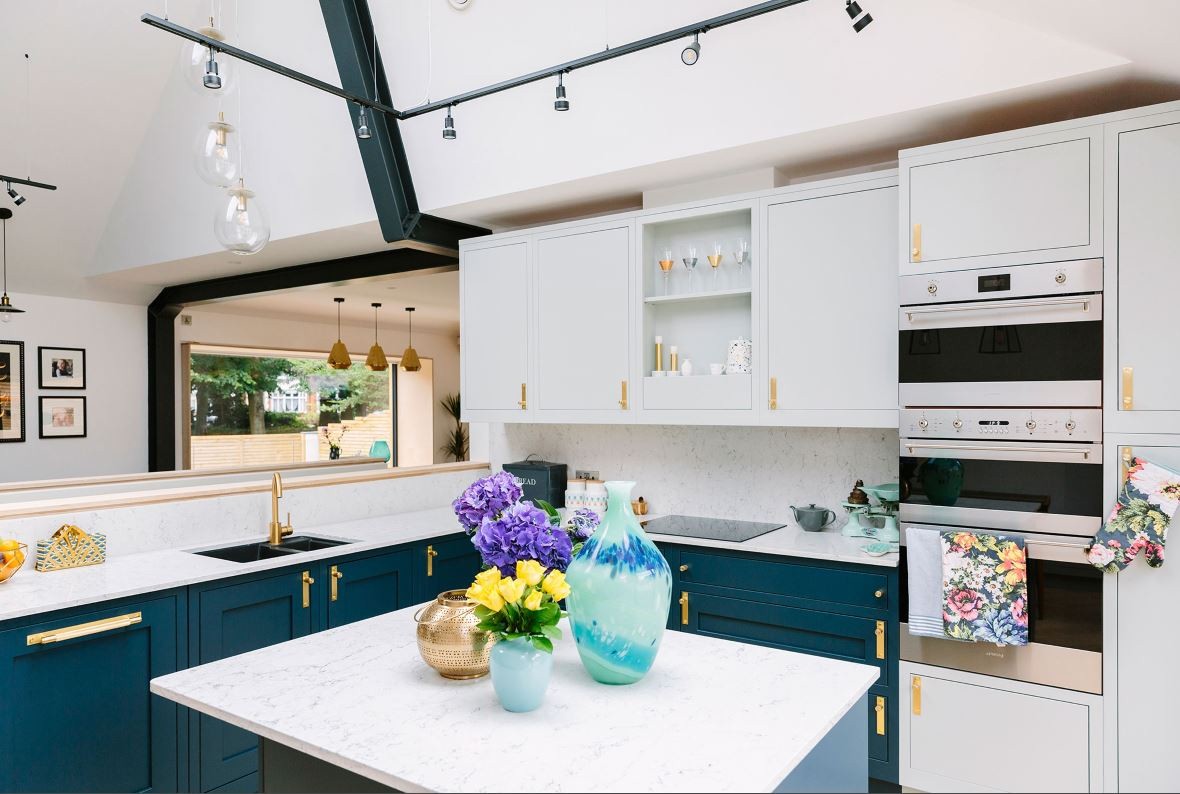




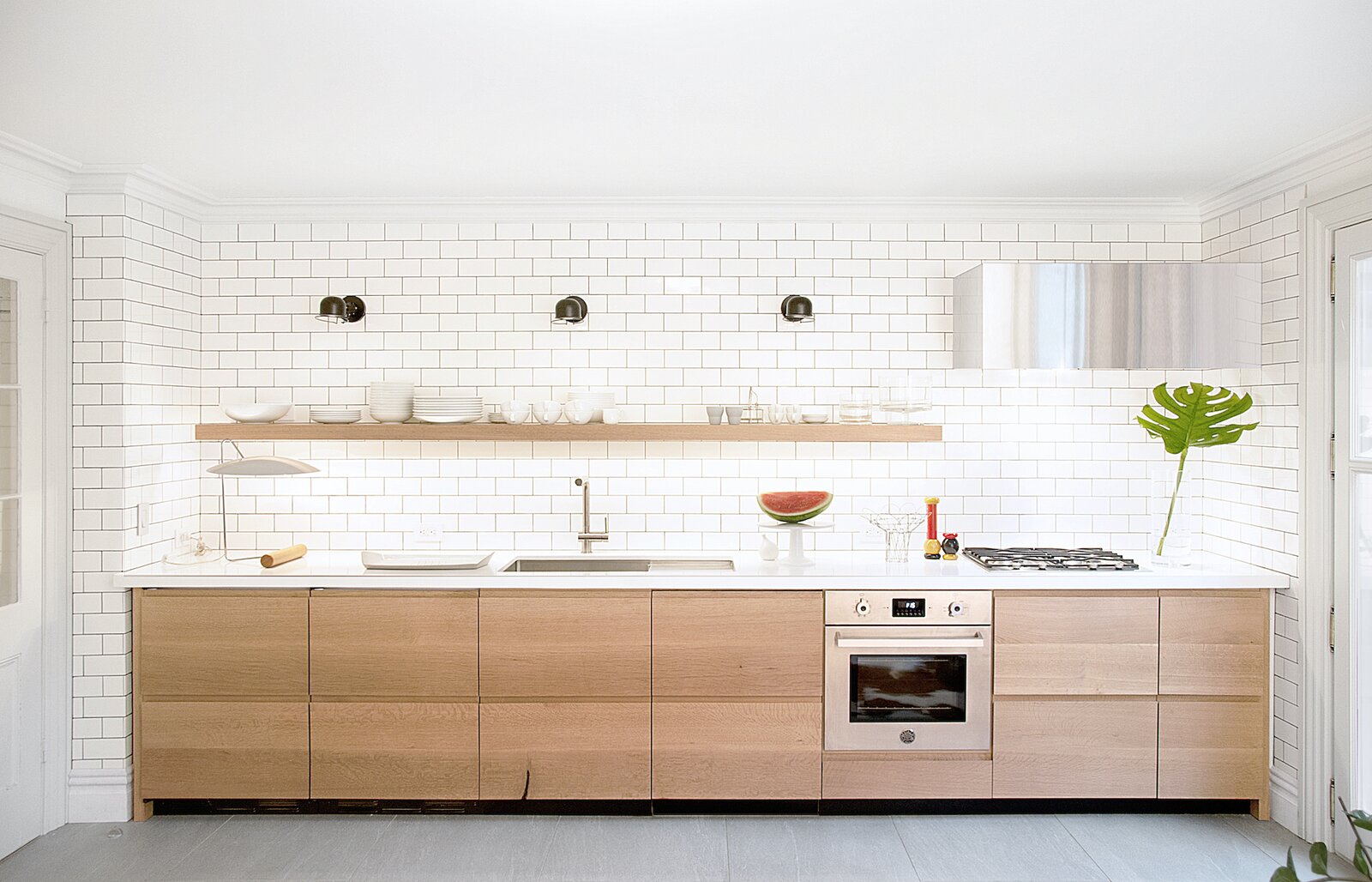
:max_bytes(150000):strip_icc()/DSC_0268-3b917e92940e4869859fa29983d2063c.jpeg)




